- Sport+ is good value for money in the Sorento range
- Typically great Kia quality with plush materials
- Efficient but punchy diesel drivetrain makes PHEV irrelevant
- No third row airbags
- Sport+ could have more equipment
- Mechanically identical Santa Fe is cheaper to service
The Kia Sorento has been a runaway success for the booming South Korean brand in Australia. Put simply, they cannot build them fast enough and there is currently a long wait list for those wanting a piece of the Sorento pie. In our opinion, it’s easy to see why as the Sorento is easily one of the best larger seven-seat SUVs you can currently buy thanks to its wide range of talents. We’ve tested the top-spec GT-Line in both petrol V6 and diesel forms and liked them a lot, so what about a lower-spec model – will that feature the same level of pizazz as the GT-Line? We tested the 2021 Kia Sorento Sport+ Diesel AWD to find out.
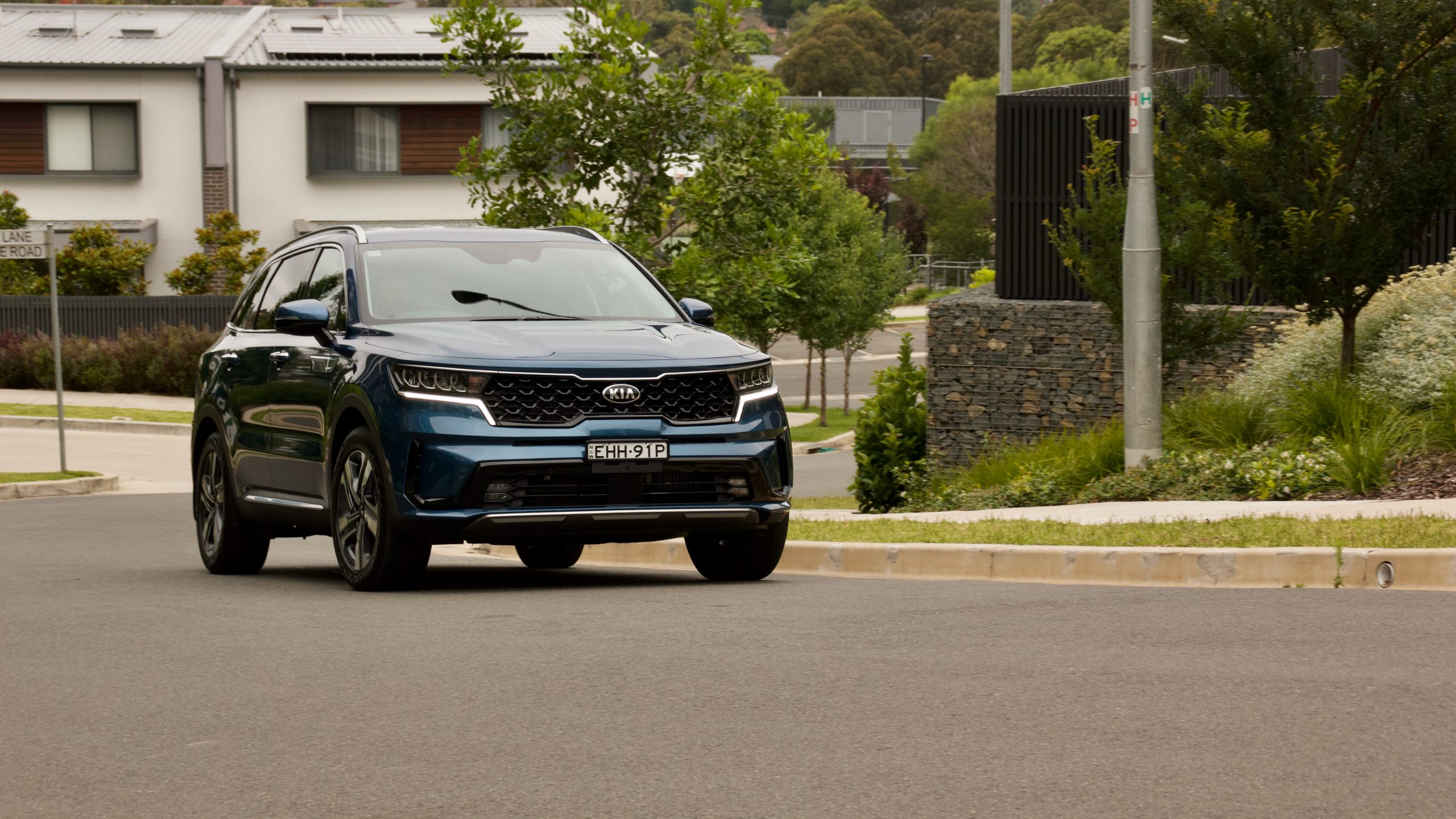
Price & Equipment: 9.5/10
Priced at $56,850 plus on-road costs ($59,690 drive away), the upper-mid spec Sport+ sits one below the top-spec GT-Line in the Sorento lineup – that makes it $4,400 more than the Sport that sits below it, but a full $7,600 less than the GT-Line.
Standard kit on the 2021 Kia Sorento Sport+ is length with 19-inch alloy wheels, automatic LED lighting with front and rear fog lights, auto wipers, leather upholstery, a 10-way electrically adjustable driver’s seat, heated front seats and a heated steering wheel, dual-zone climate control with rear vents, a third row fan speed controller, a 10.25-inch touchscreen with satellite navigation, wired Apple CarPlay and Android Auto, digital radio, a six-speaker sound system, keyless entry and start with a hands-free powered tailgate, heated and auto-folding mirrors, rear privacy glass and USB charging in all three rows.
Safety kit includes eight airbags (including a driver’s knee and front centre unit – though the curtain units don’t extend to the third row), auto emergency braking (AEB) with pedestrian, cyclist and junction assistance, auto high beam, driver fatigue monitoring, lane keep assist with lane follow assist, adaptive cruise control with stop and go functionality, blind-spot monitoring with rear cross-traffic alert (both with braking), safe exit assist, rear occupant alert, front and rear parking sensors and a reversing camera.
Just one no-cost colour option is available – ‘Clear White’ – with all other colours attracting a $695 upcharge. These include ‘Silky Silver’, ‘Steel Grey’, ‘Aurora Black’, ‘Snow White Pearl’, ‘Gravity Blue’ and our test car’s ‘Mineral Blue’. The only interior colour option is black and we’d love to see some of the colours offered overseas, such as tan and beige to brighten up the interior.
What does the $7,600 jump to the GT-Line add? Nappa leather upholstery, 14-way electric adjustment for the driver’s seat, a 360-degree parking camera, a digital driver’s display with a camera feed for the blind-spot system, a panoramic sunroof, larger 20-inch wheels, auto rear braking, a 12-speaker Bose sound system, ventilated front seats, a wireless phone charger and smaller detail changes such as a rotary dial for the transmission and projector LED headlights with LED front indicators.
Chief competitors to the Sorento Sport+ diesel AWD are the Hyundai Santa Fe Elite diesel (which is Hyundai’s twin to the Sorento and is priced at $62,700 drive away) and the Mazda CX-8 Touring SP diesel AWD ($59,732 drive away). The Santa Fe is just over $3,000 more expensive than the Sorento, though it’s swings and roundabouts with standard equipment – the Sorento has two more airbags and heated front seats, but the Santa Fe has a 10-speaker Harman Kardon sound system and a powered driver’s seat.
The CX-8, on the other hand, is priced similarly to the Sorento Sport+ and its equipment levels are somewhat similar as well – the Sorento’s 10.25-inch centre screen is 2.25-inches larger than the CX-8, it has full real leather upholstery (not the CX-8’s faux leather and suede inserts), third row air vents with a fan speed controller and it also has more safety equipment like two extra airbags and lane trace assist. But the CX-8 has curtain airbags that reach the third row, electrically adjustable front seats with driver’s memory and heated outer second row seats – not enough to overcome the Sorento’s other kit, but not sparse either.
Performance & Fuel Economy: 8/10
For now, there are three engine options in the 2021 Kia Sorento range and we tested the best of the lot: a 148kW/440Nm 2.2-litre four-cylinder turbo diesel engine that’s matched to a standard all-wheel drive system and a new eight-speed dual-clutch automatic transmission – a 3.5-litre petrol V6 that’s solely front-wheel drive is also available, as is a 1.6-litre turbo petrol plug-in hybrid that’s also AWD.
While diesel isn’t everybody’s favourite fuel at the moment, we think it’s an excellent choice in the Sorento. The engine itself is quiet, it’s punchy and yet it’s also efficient – Kia claims just 6.1L/100km on a combined cycle and we got around 8L/100km in purely urban driving, which is excellent for such a large car. Producing a reasonable 148kW of power and 440Nm of torque, the engine is relatively strong and is a good partner with the Sorento – it’s also been made a lot quieter than in the previous Sorento too. Some extra puff at highway overtaking speeds would be nice, though, which is something that the twin-turbo diesel in the CX-8 brings.
There’s a new eight-speed dual-clutch automatic that’s standard across the diesel range – the petrol V6 is a torque converter unit and the PHEV has a six-speed auto. While it can occasionally be a bit indecisive at lower speeds, it’s otherwise an excellent transmission that really doesn’t feel like a DCT most of the time. It shifts quickly and unlike some Volkswagen Group transmissions, it doesn’t shift into the highest gear possible for greater fuel economy to then end up struggling from doing so. It’s the same engine in the Santa Fe, and it’s just as good in that car too.
All V6 petrol and diesel Sorentos have a 2,000kg braked towing capacity, which is oddly 500kg less than the same drivetrain in the Santa Fe but identical to the diesel CX-8.
Ride & Handling: 9/10
As is the case with a lot of Hyundai Kia products locally – and the last generation model – the local tuning program has produced a winner with the 2021 Kia Sorento Sport+. Put simply, we think it offers the best mix of comfort and driving fun in this segment. Of course, a large seven-seat SUV is no race car and nor should it be driven like one, but the Sorento can offer its driver reasonable thrills behind the wheel thanks to its grippy chassis, well weighted steering and responsive all-wheel drive system.
Benefitting your family further is that – like the Hyundai Santa Fe – the Sorento is locally tuned for Australian roads, which means that Sorentos sold in Australia have a different suspension tune to ones sold elsewhere in the world and are more comfortable for Australian buyers’ tastes.
What that means is that the Sorento’s ride quality is well balanced, with a good mix of firmness but great body control as well. Even on the larger 19-inch wheels of the Sport+, the Sorento’s ride is rarely unsettled and combined with its relatively low road noise levels and good visibility, it’s a comfortable and quiet car to drive.
Dynamically, we find the CX-8 to be inferior to the Sorento because of its softer – but less settled – ride quality and its particularly heavier steering. The Sorento’s ride and handling balance is more fluid than the Mazda’s.
Interior & Practicality: 9/10
When the current generation Sorento was released not long ago, we said that it offered the best mix of practicality, technology and quality in the segment and we still think that now, even in the less plush Sport+ grade. Although the Sport+’s leather is not as nice as the Nappa upholstery in the GT-Line, it’s still good quality and while the GT-Line offers a slightly flashier design with piano black trim, the Sport+’s plastics are still nice to touch.
Centre of the Sorento’s cabin is a 10.25-inch touchscreen that’s best in the segment (and shared with the Santa Fe aside from the Kia-specific font) thanks to its crisp graphics, ease of use and available features, which include inbuilt satellite navigation with live traffic updates, wired Apple CarPlay and Android Auto and digital radio.
The digital dials of the higher-spec GT-Line don’t feature in the Sport+, and it’s the only piece of equipment we’d add to the Sport+ as it would add an even more expensive feel and would give access to the useful blind-spot camera in the GT-Line.
Unlike the CX-8’s relatively impractical cabin, the Sorento offers a lot of storage solutions – especially in the front seat with multiple places to store things in the centre console, doors and centre box. The cabin is relatively roomy as well with more than enough space in the front and middle rows. The third row is cramped for both head and knee room, though kids will be fine.
There is also a plethora of rear amenities including rear air vents, cupholders, a centre armrest and rear USB-A charging ports. Even in the third row there are air vents, cup holders and charging ports – though not airbags, a criticism shared with the mechanically identical Santa Fe.
The boot of the Sorento measures 187-litres with all seats in place – folding the third row (five-seat mode) increases that to 616L and folding the second row (two-seat mode) gives 2,011L of space. The longer Mazda CX-8 offers 209L with all seats in place and 775L with the third row folded – Mazda doesn’t quote for all seats folded, though we reckon it would be similar to the Sorento at around 2,000L. Unlike the CX-8, the Sorento has a full size spare wheel.
Service & Warranty: 8/10
Like every other new Kia product locally, the 2021 Kia Sorento Sport+ Diesel AWD is equipped with the brand’s seven-year/unlimited km warranty with one year of roadside assistance topped up with each scheduled service for a year up to eight in total. Sister brand Hyundai offers two years’ less warranty with the same roadside assistance system, while Mazda’s five year warranty is the same duration for its roadside assistance.
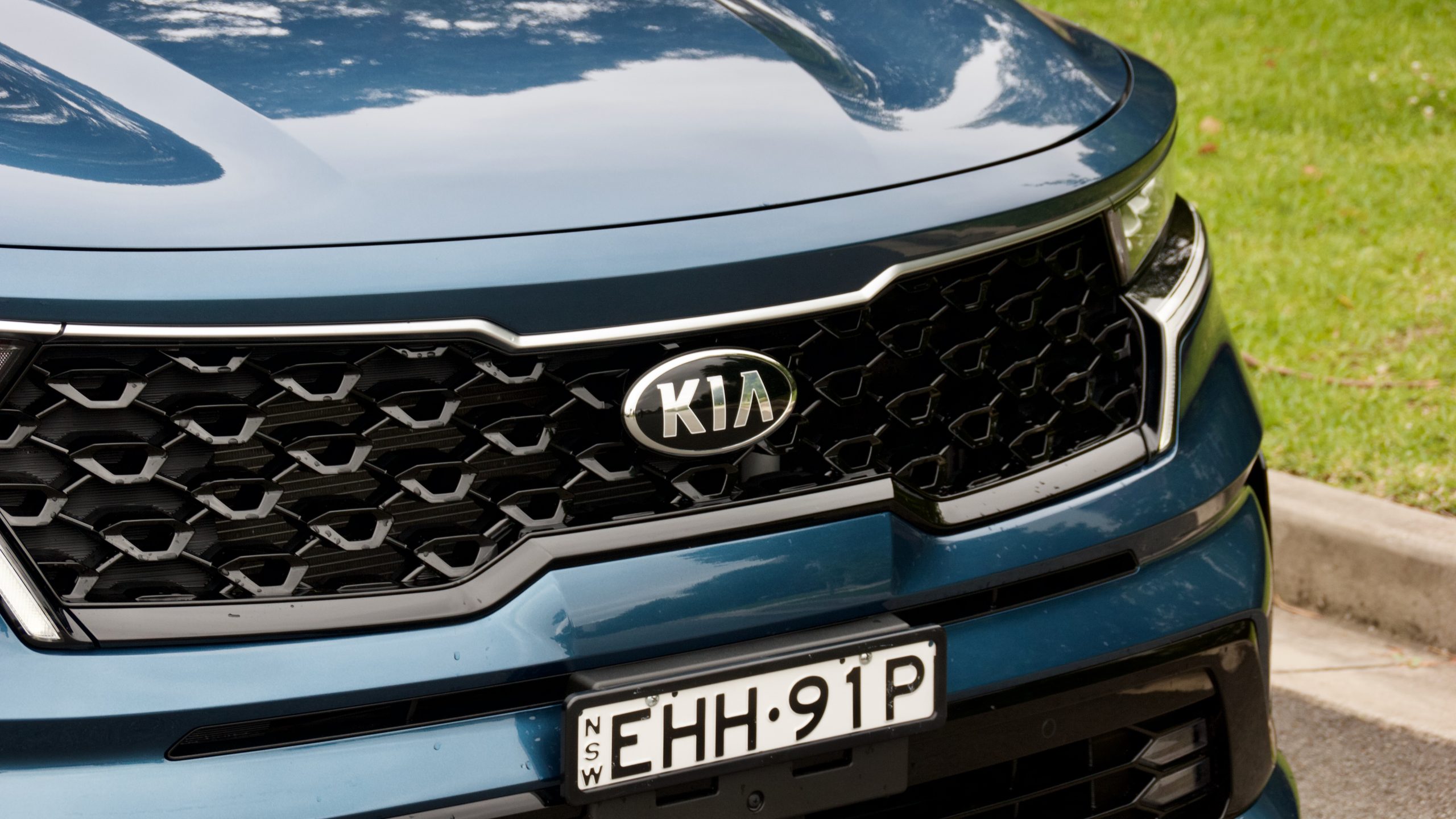
Over five years/75,000km of servicing, the Sorento costs $2,393 – that’s an average of $478 per service, which isn’t cheap. Over at Hyundai, the same drivetrain in a Santa Fe Elite costs $2,295 (a slightly less $459 per service) to service over five years/75,000km, while a CX-8 diesel costs $2,215 over five years/50,000km to service ($443 per service) – those doing more driving should be warned that the cost will increase thanks to the Mazda’s shorter 10,000km service intervals.
The 2021 Kia Sorento Sport+ Diesel AWD DiscoverAuto Rating: 8.7/10
The 2021 Kia Sorento Sport+ is a great car that combines a lot of talent. It’s got a roomy and high quality cabin, a long standard equipment list that shades its competitors, a grunty and efficient turbo diesel engine, a great ride and handling balance thanks to local tuning, a long warranty with reasonable service costs and all for under $60,000 drive away. Of course, that’s not cheap by any means, but it is good value for money – especially when the $8,000 more expensive GT-Line only adds luxury features and doesn’t add to the Sorento’s overall talent.
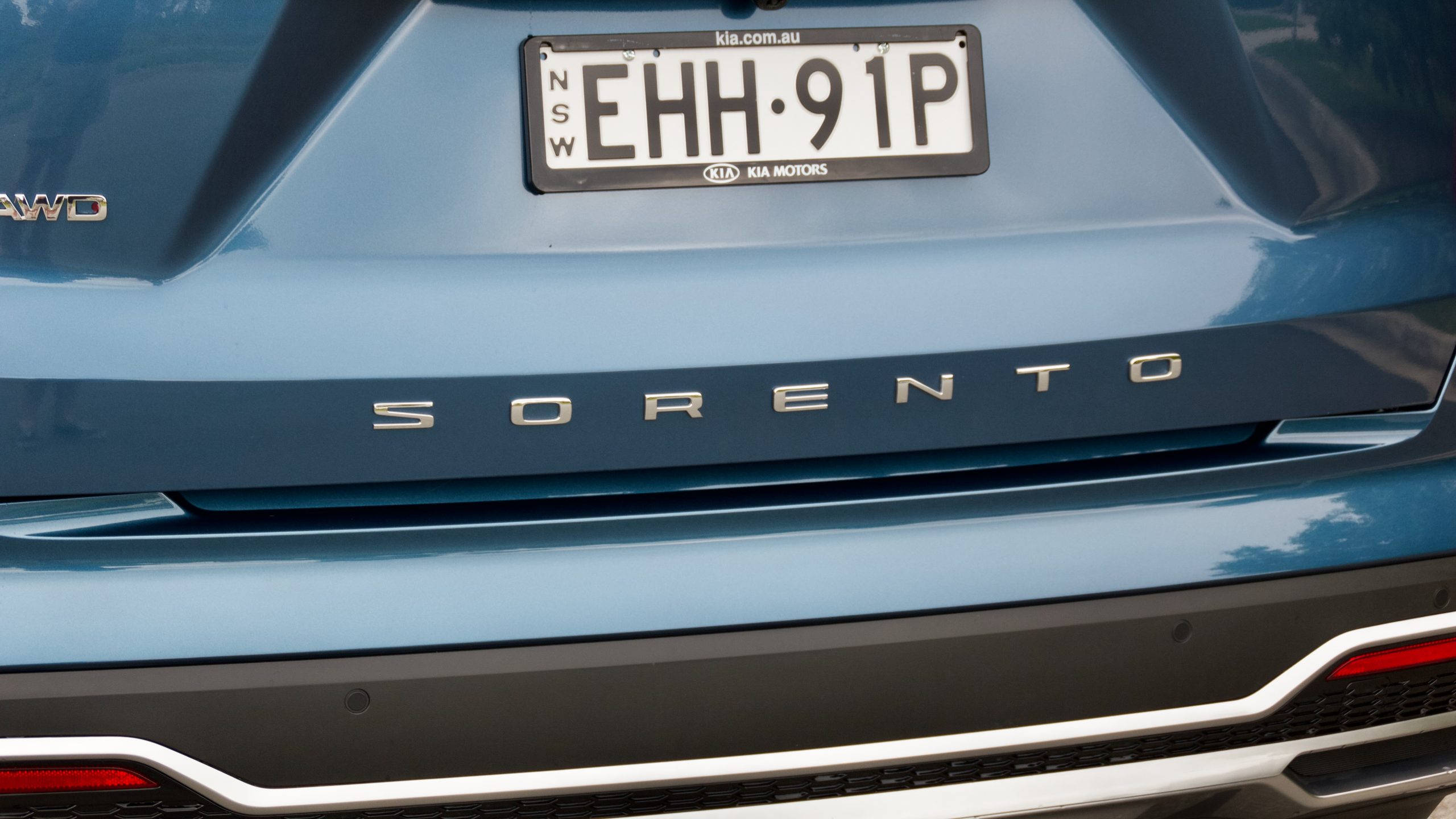
There really aren’t many negatives to the Sorento’s overall package. The third row of seating is not huge and it’s got no airbag coverage, the dual-clutch automatic transmission isn’t perfect and there’s a long wait list for potential buyers. But those small issues aside, the Sorento is a great car that perfectly represents Kia’s current status of ‘on a roll’. Like sister brand Hyundai, Kia is pumping out world-beating cars and continue to prove that it’s a force to be reckoned with in the automotive industry.
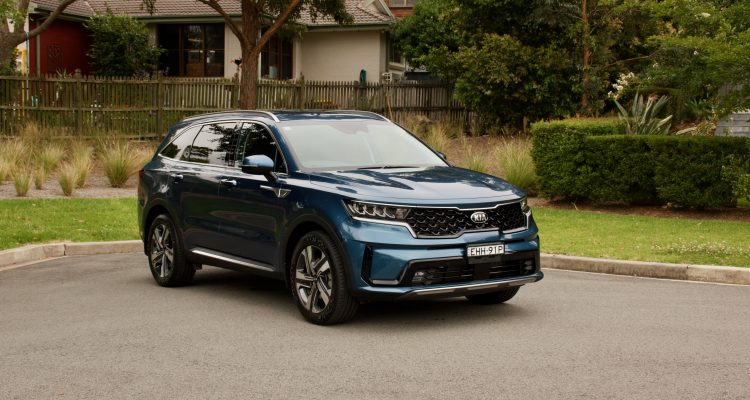

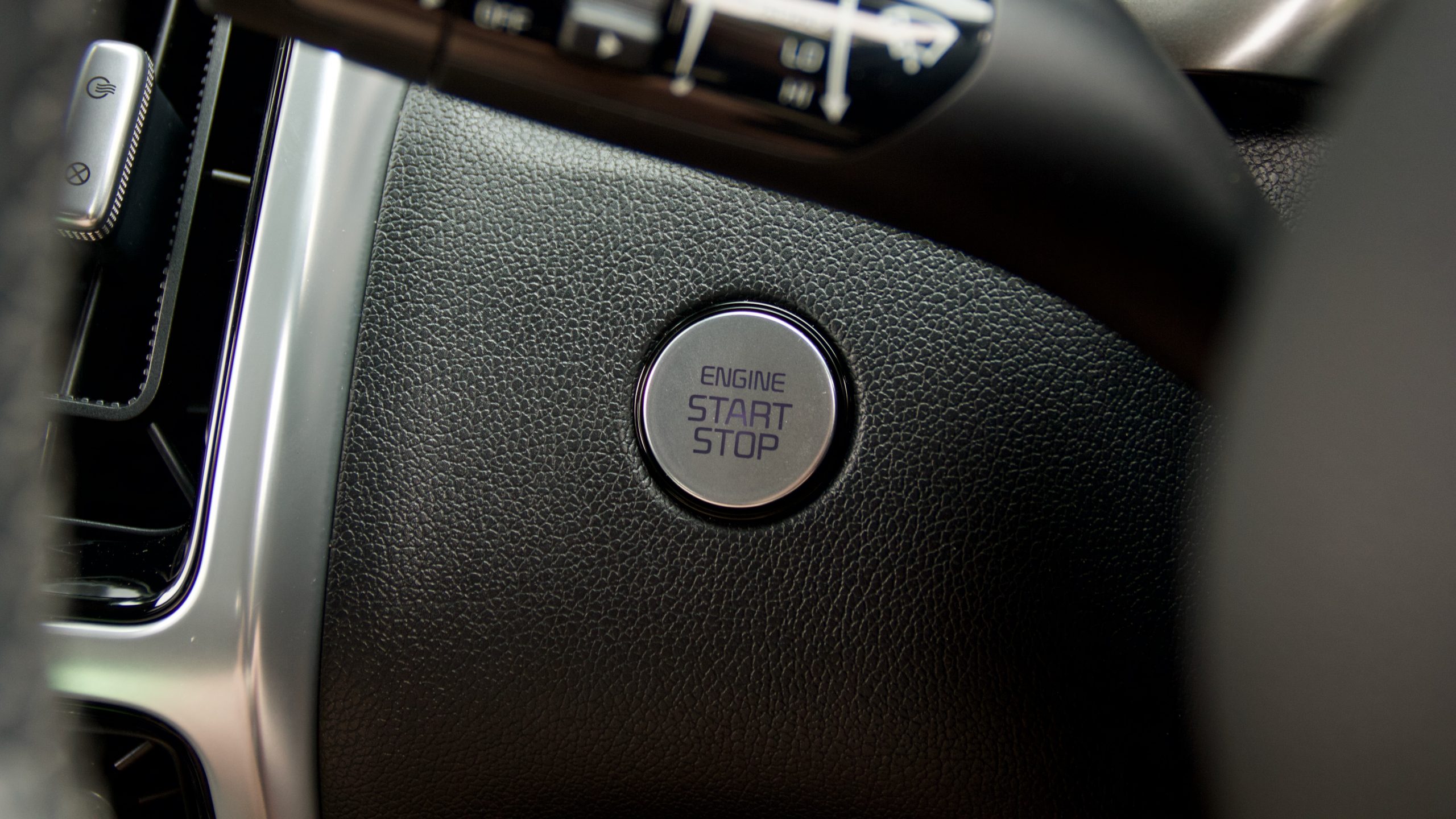
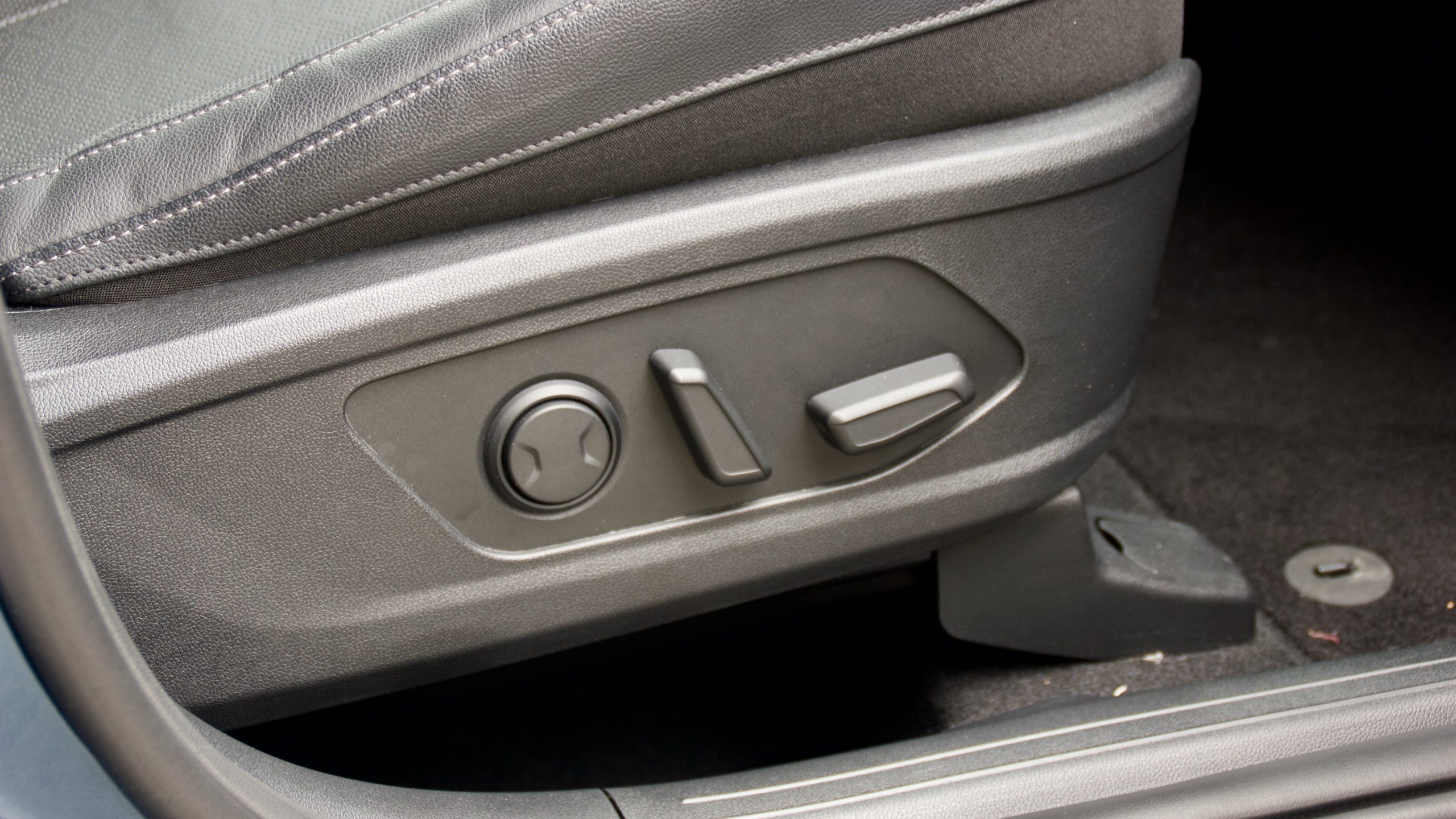
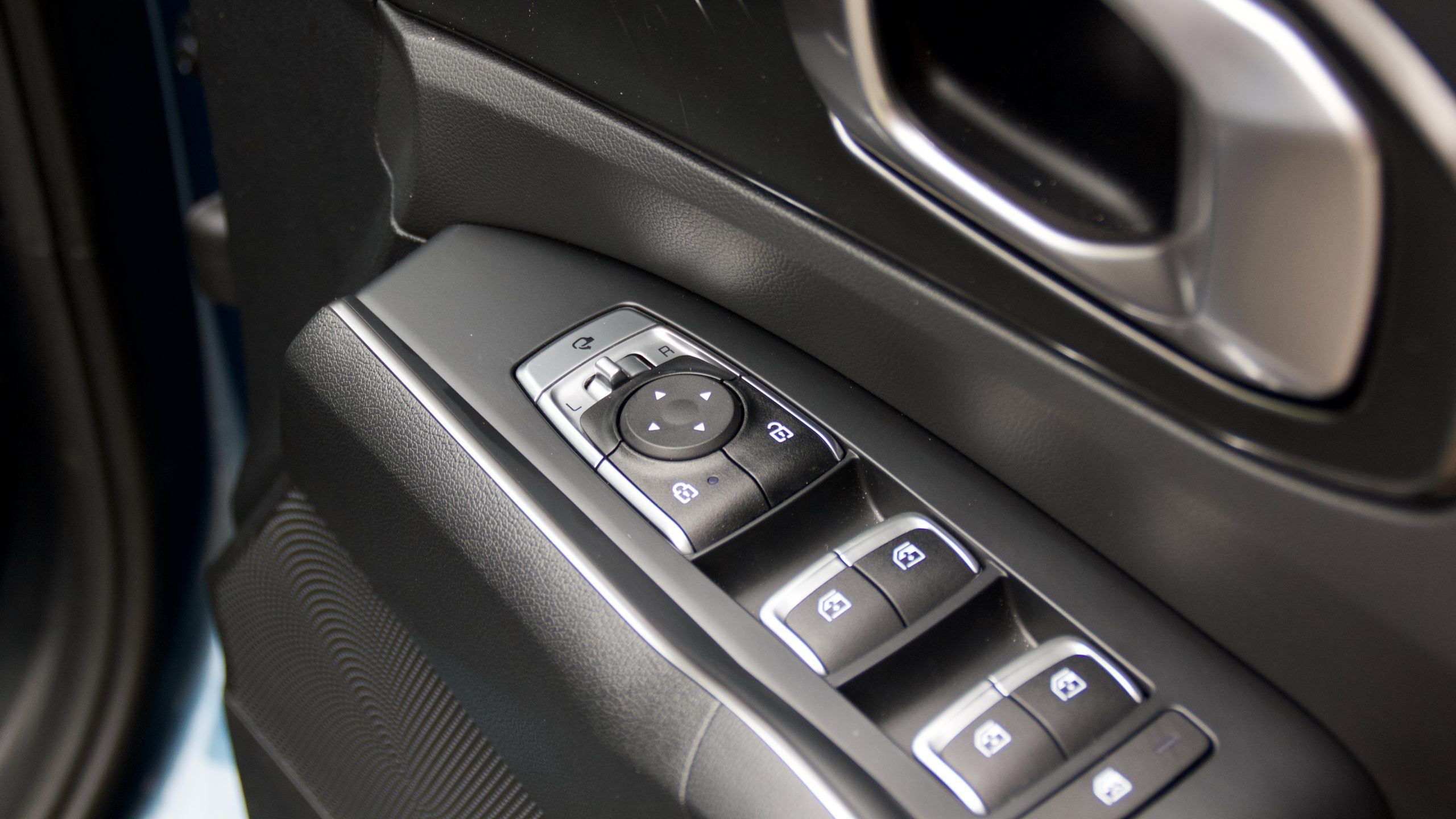
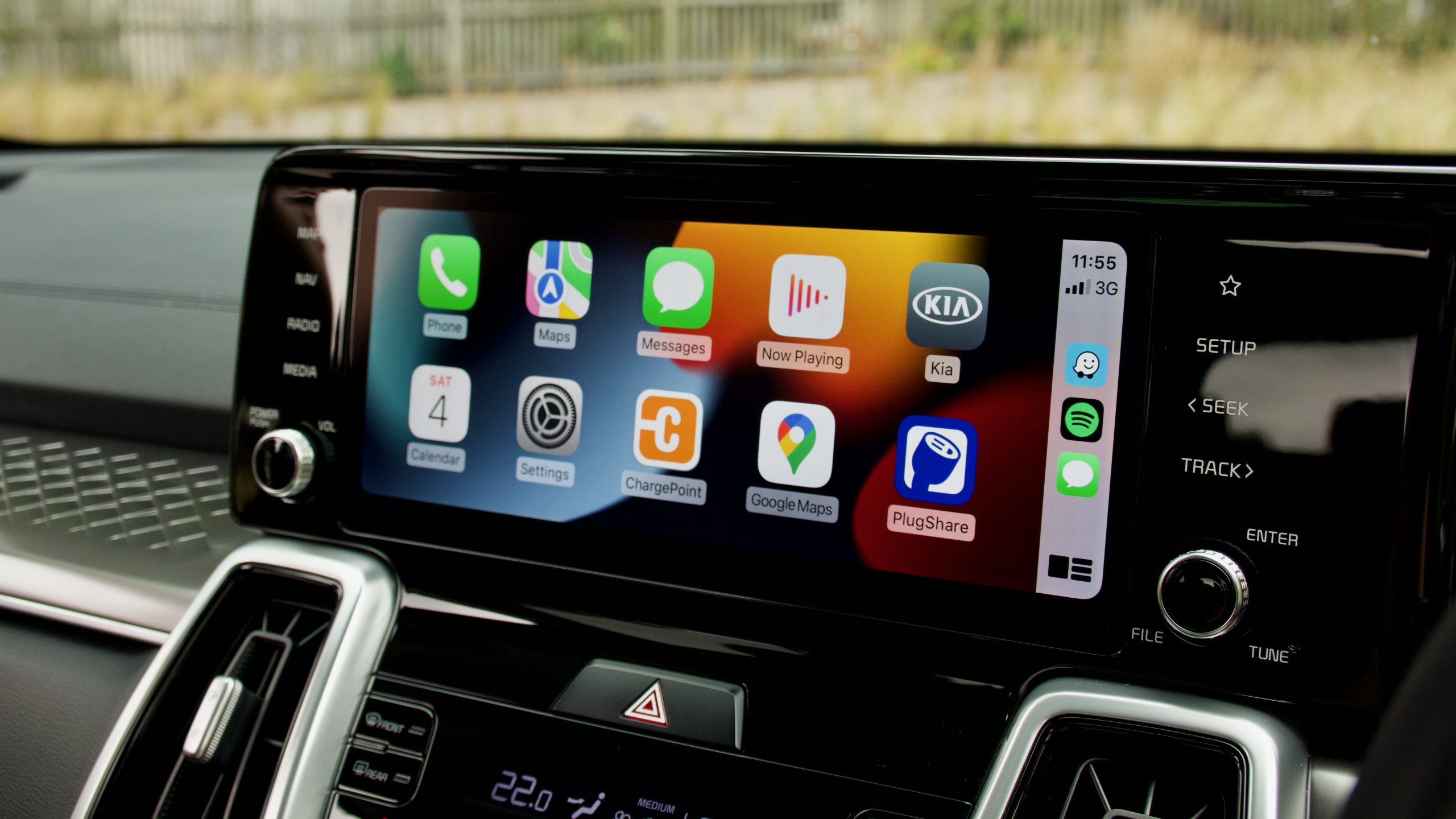
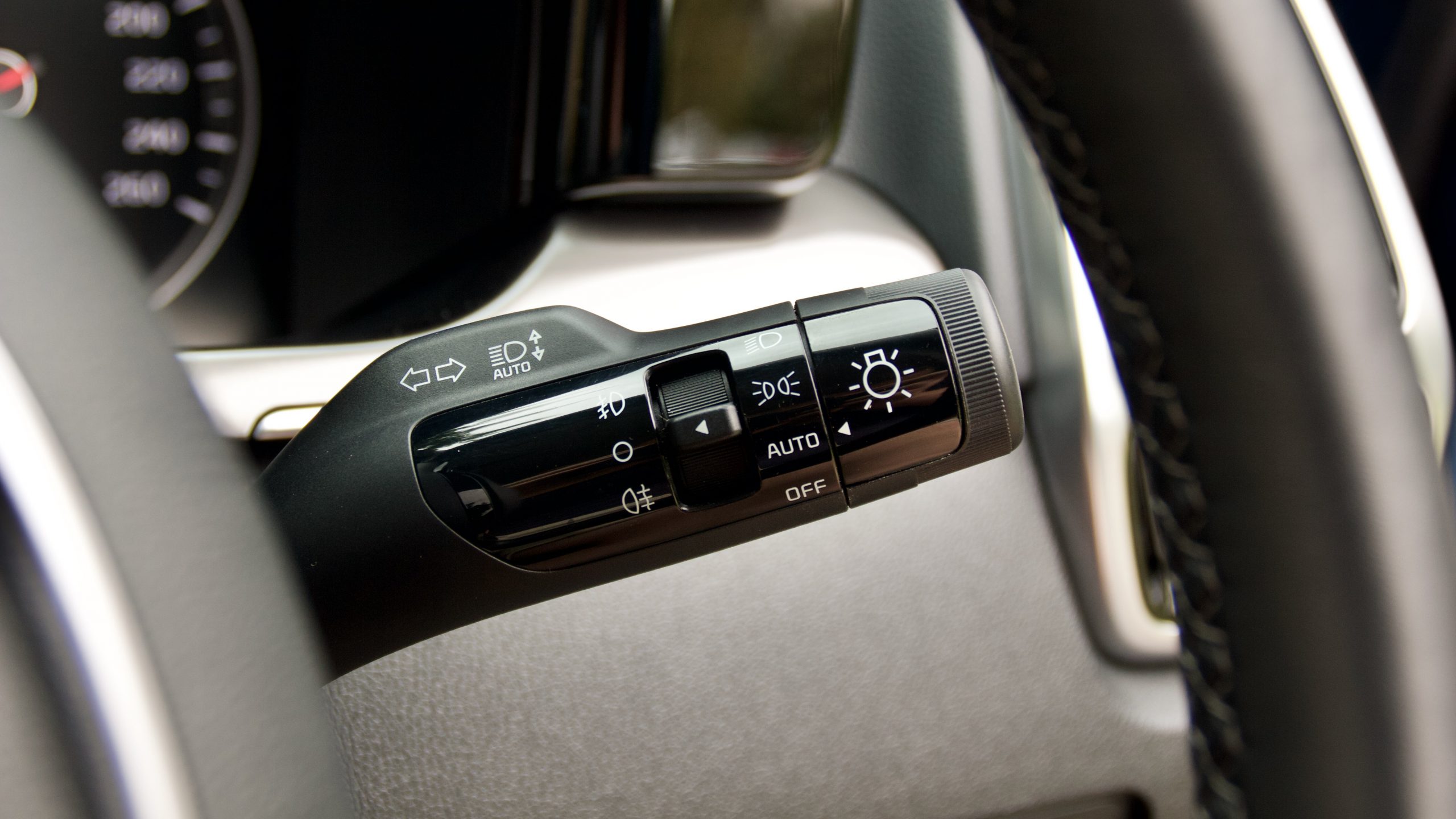
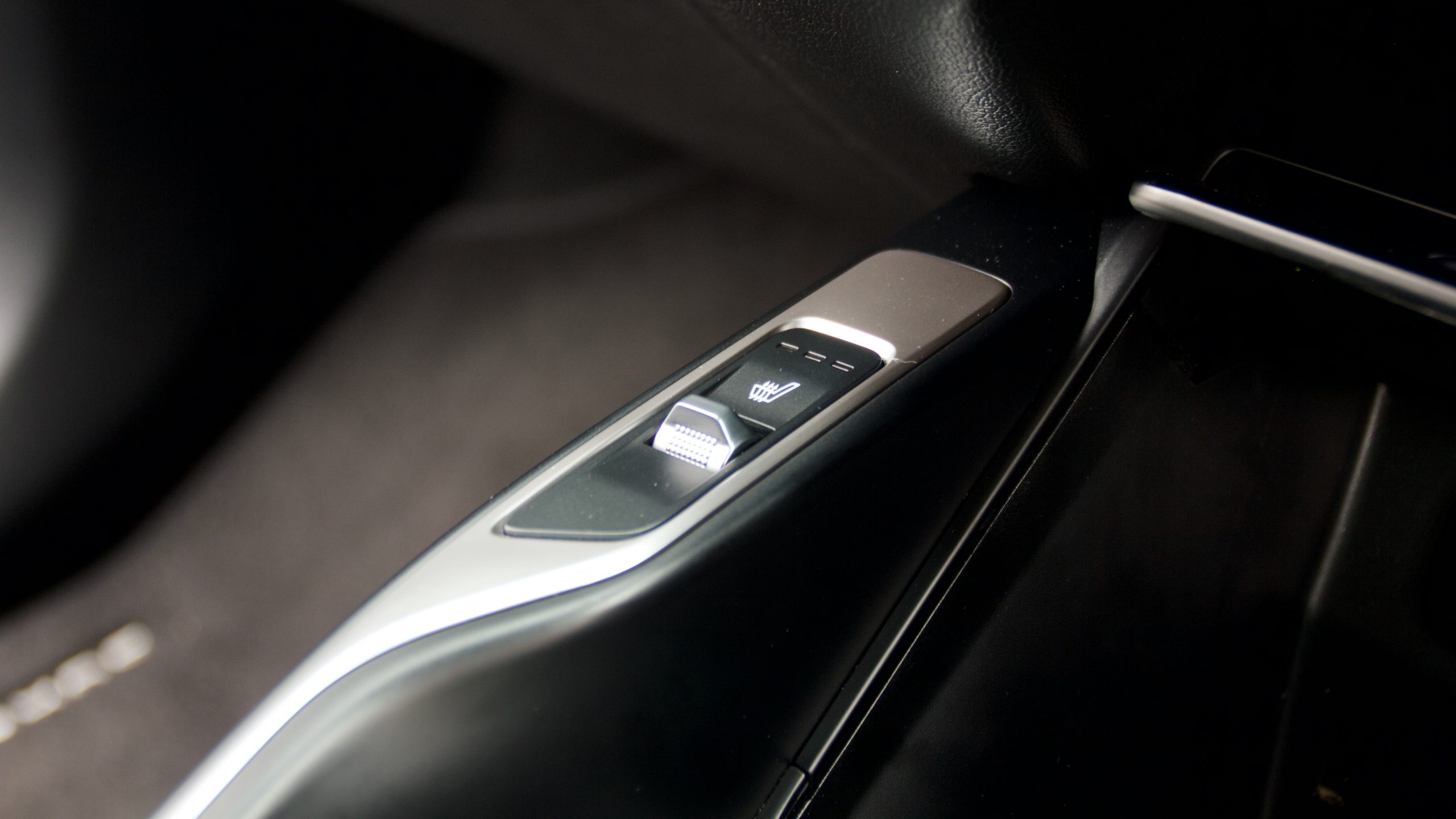
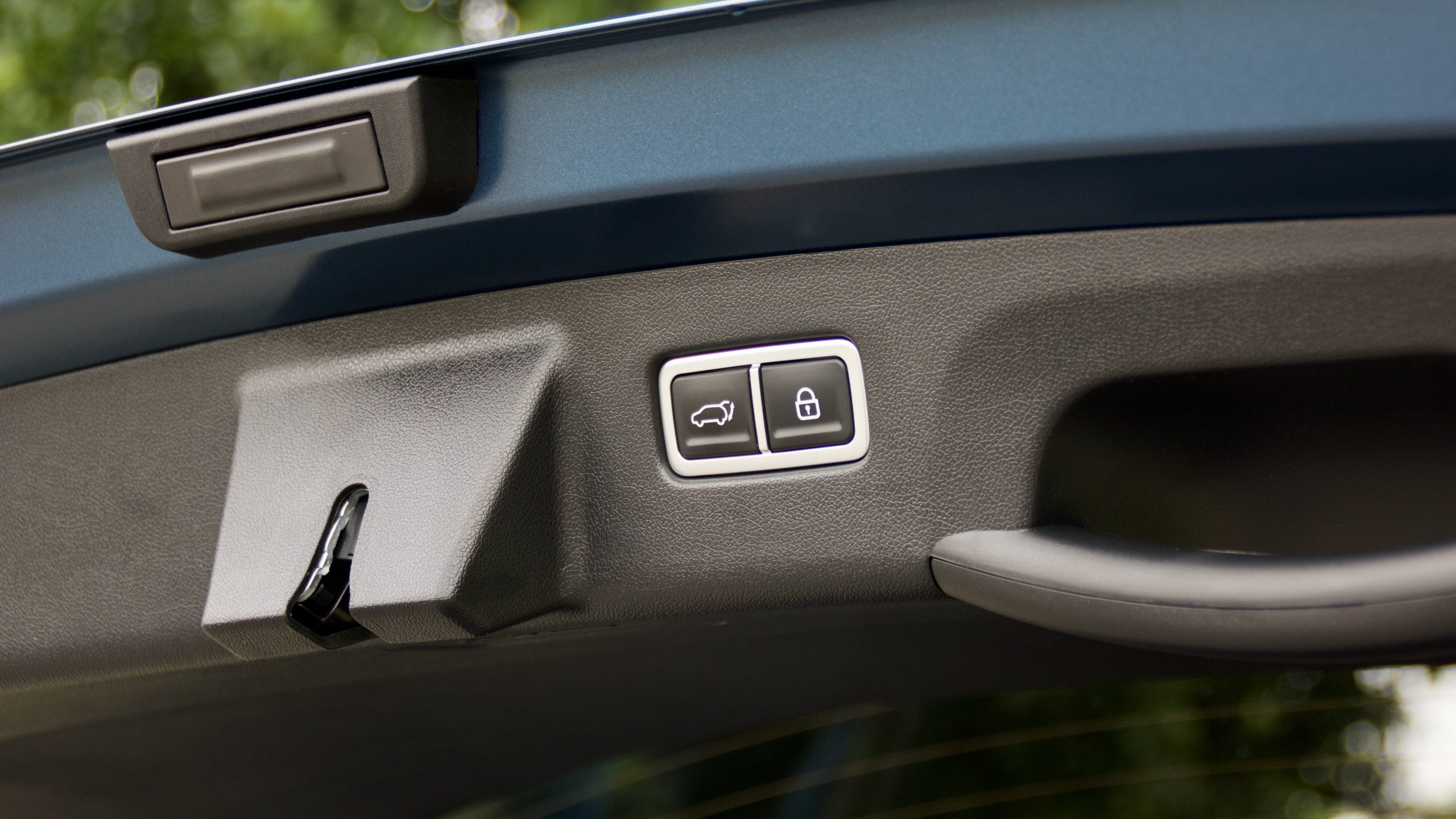
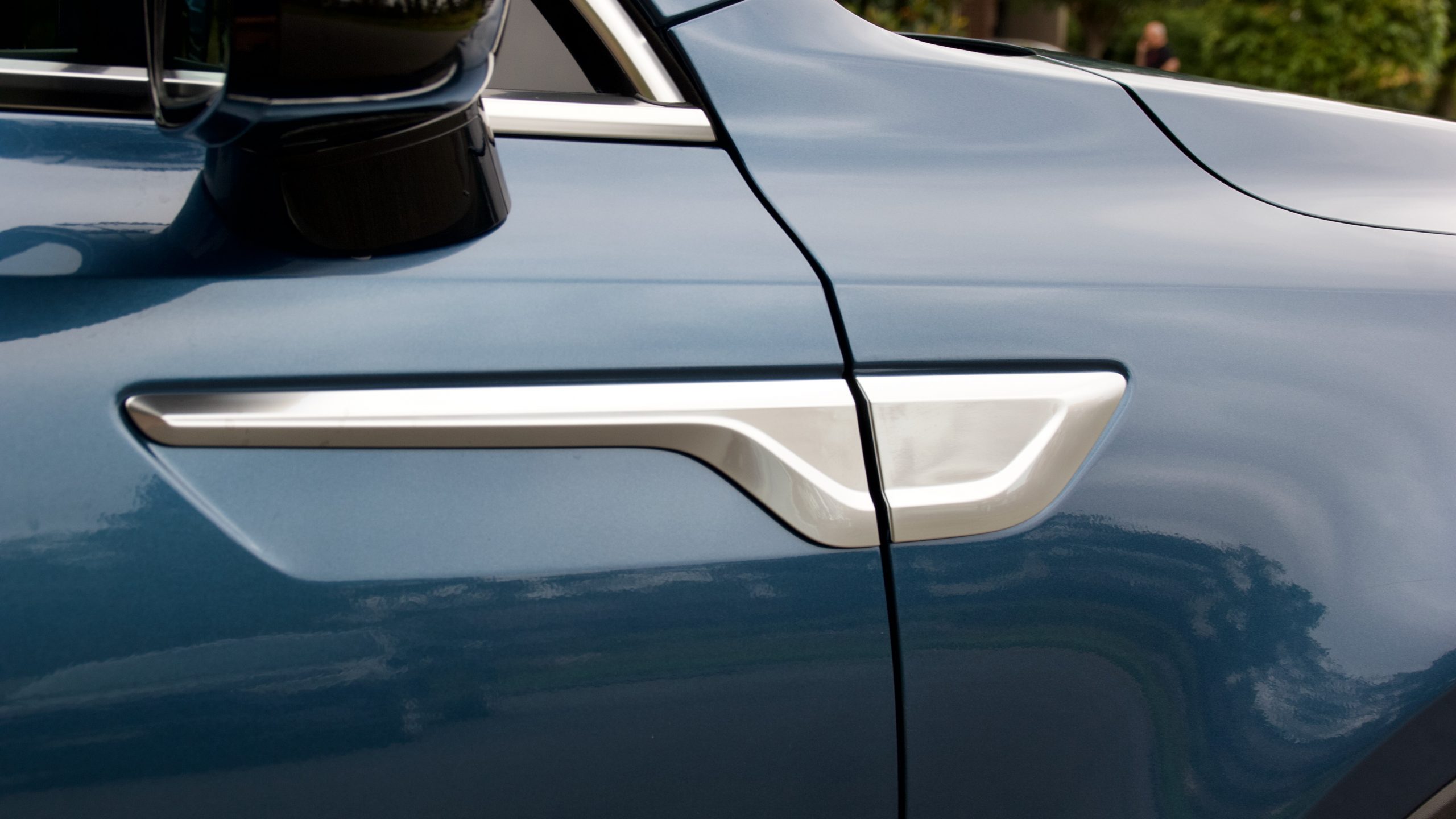
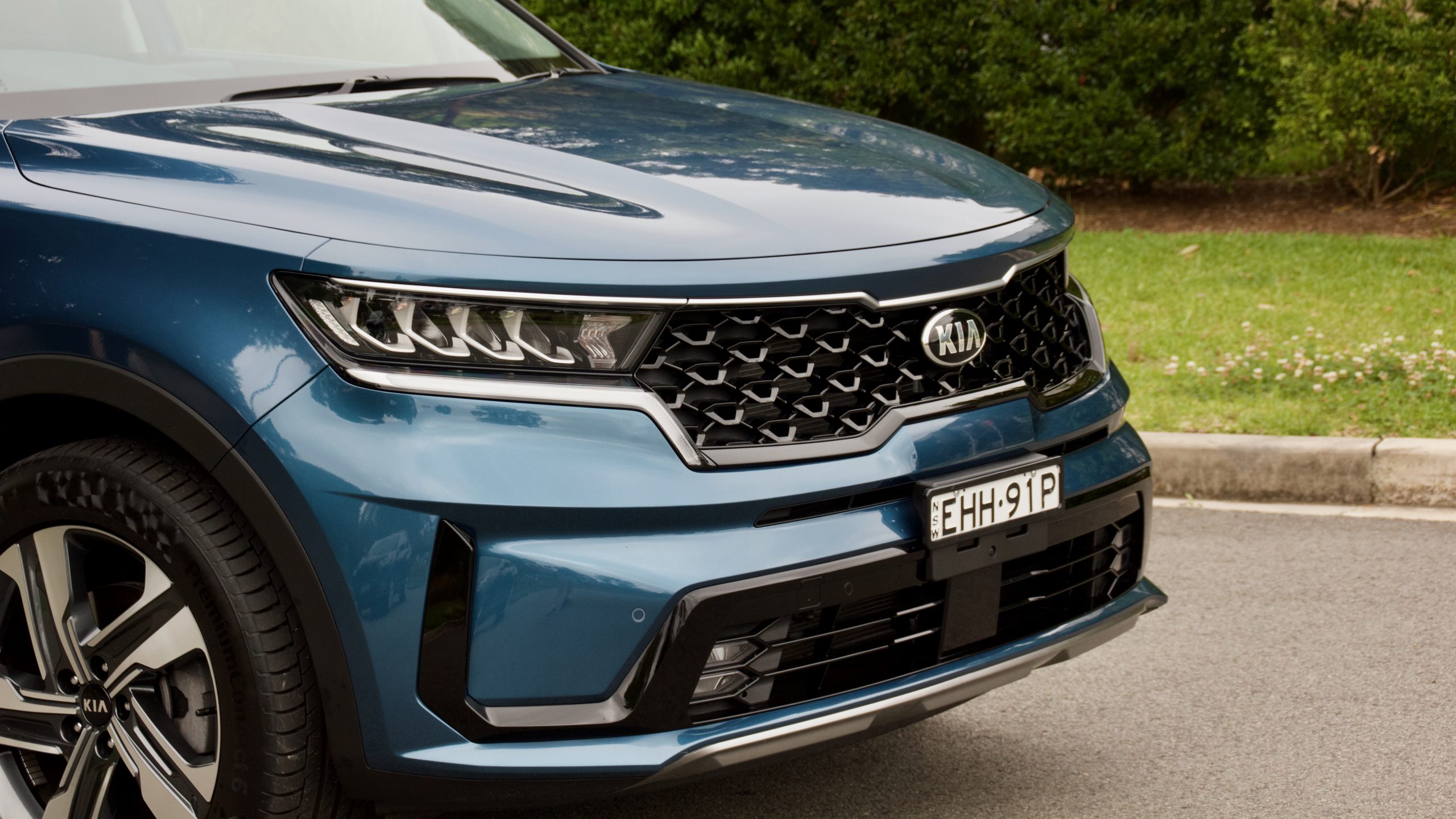
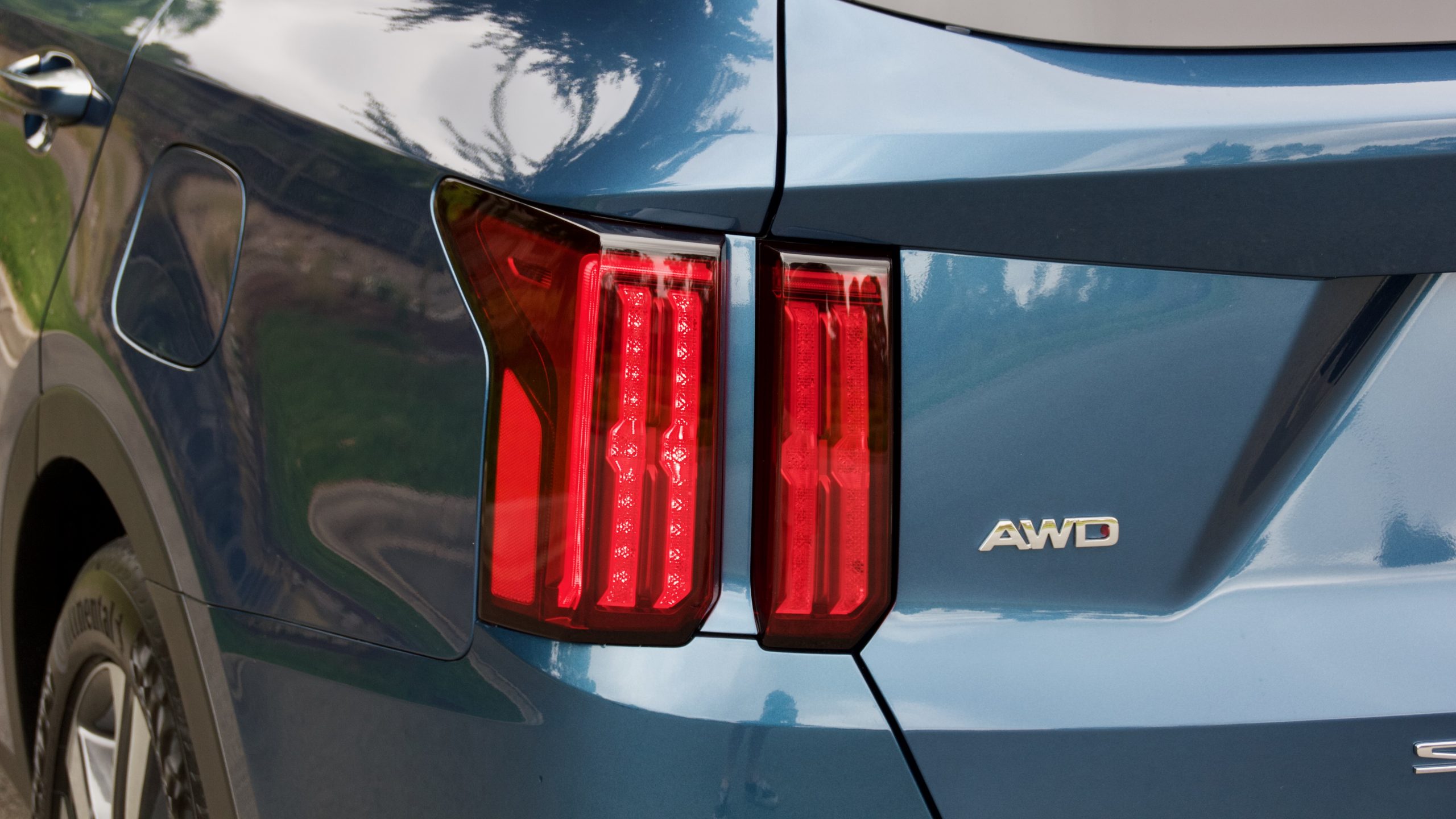
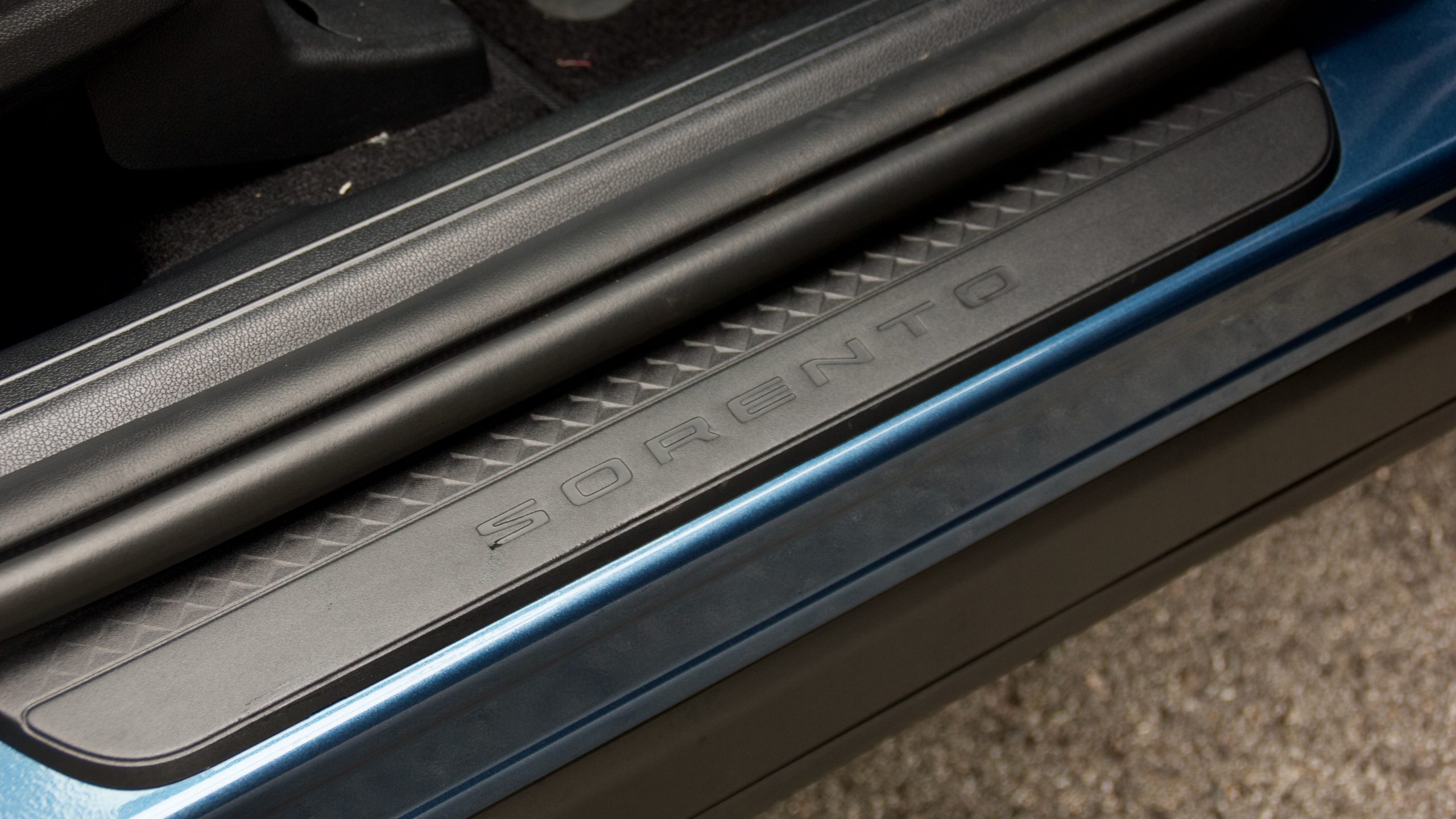
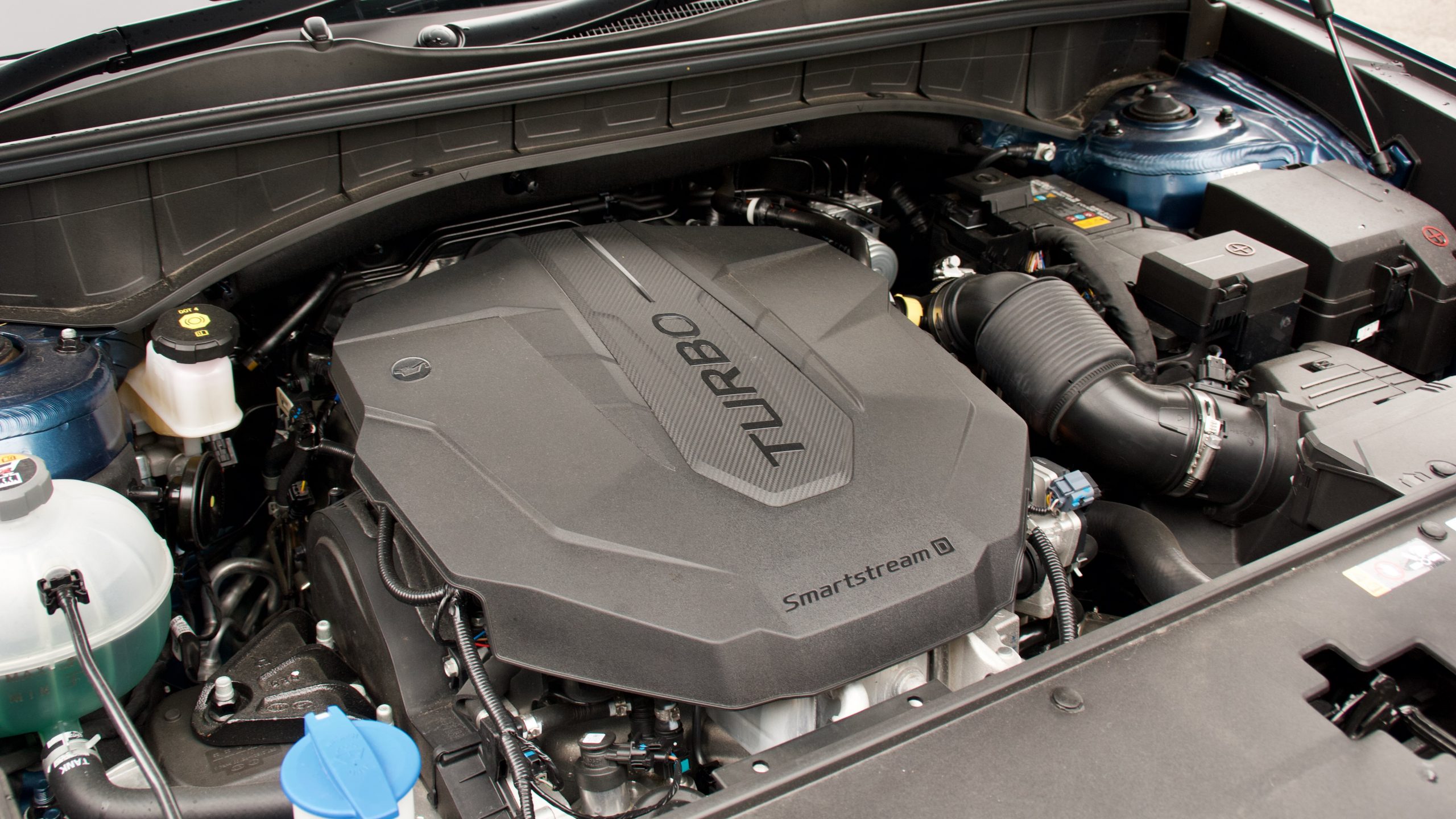
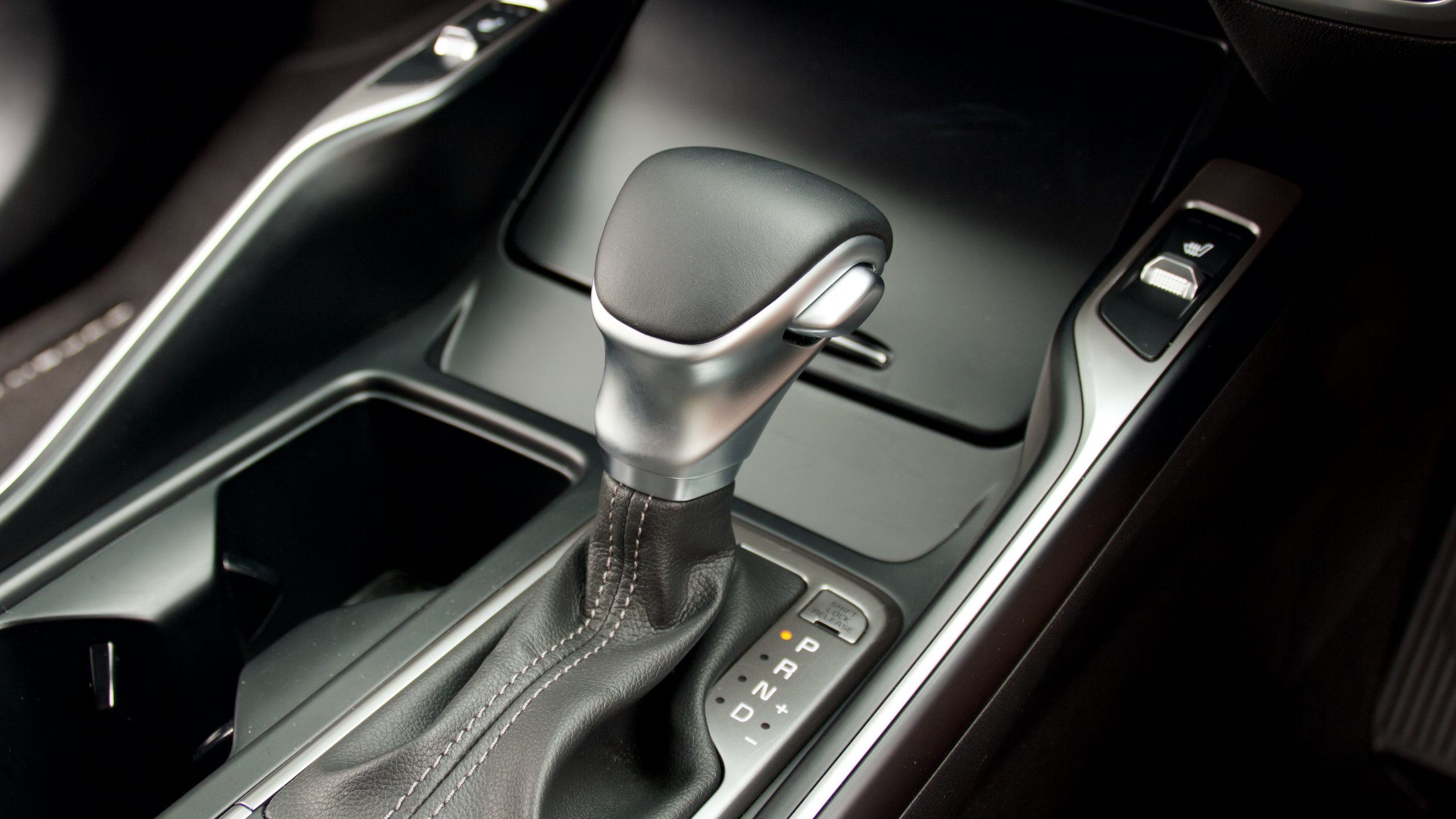
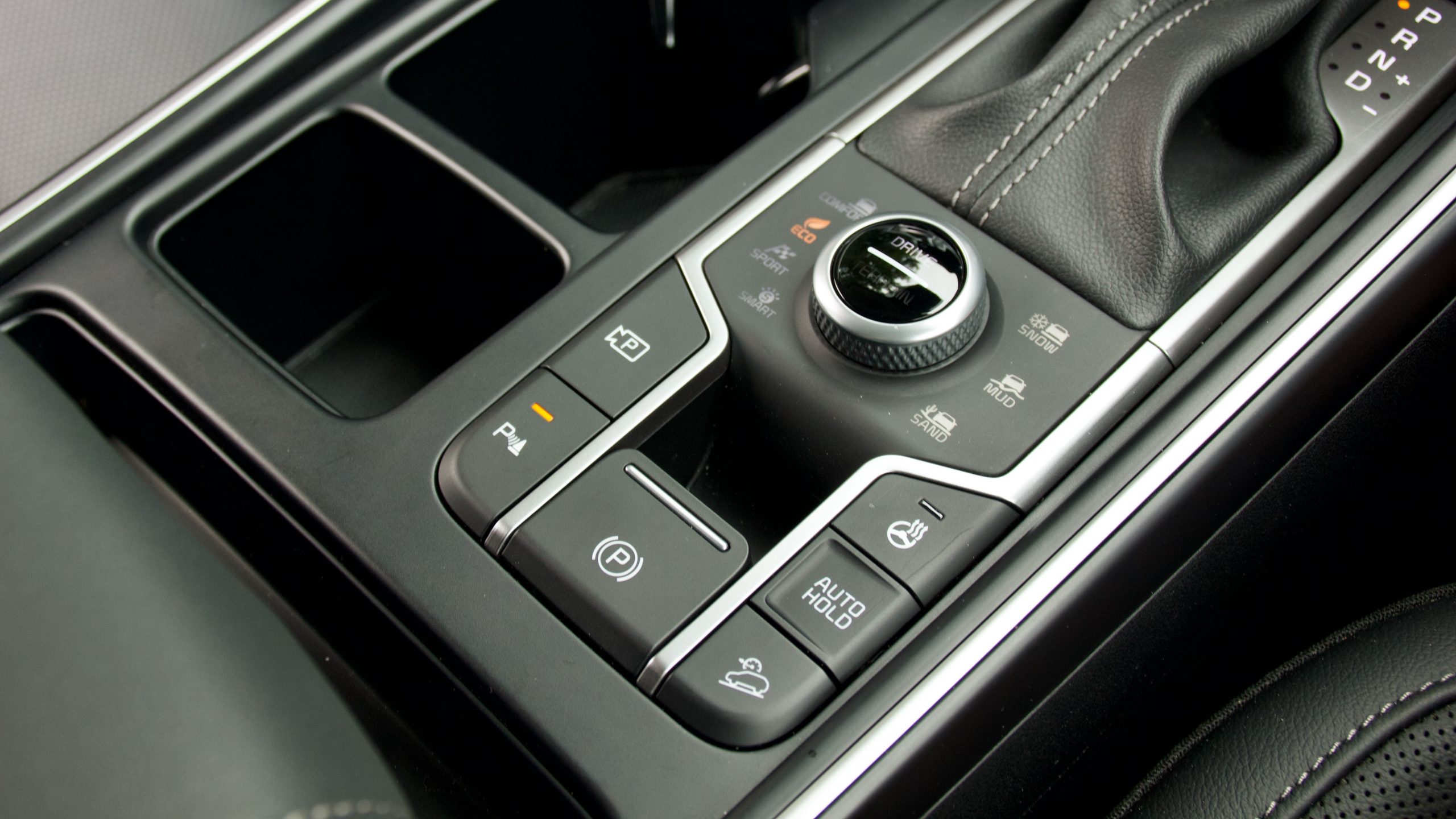
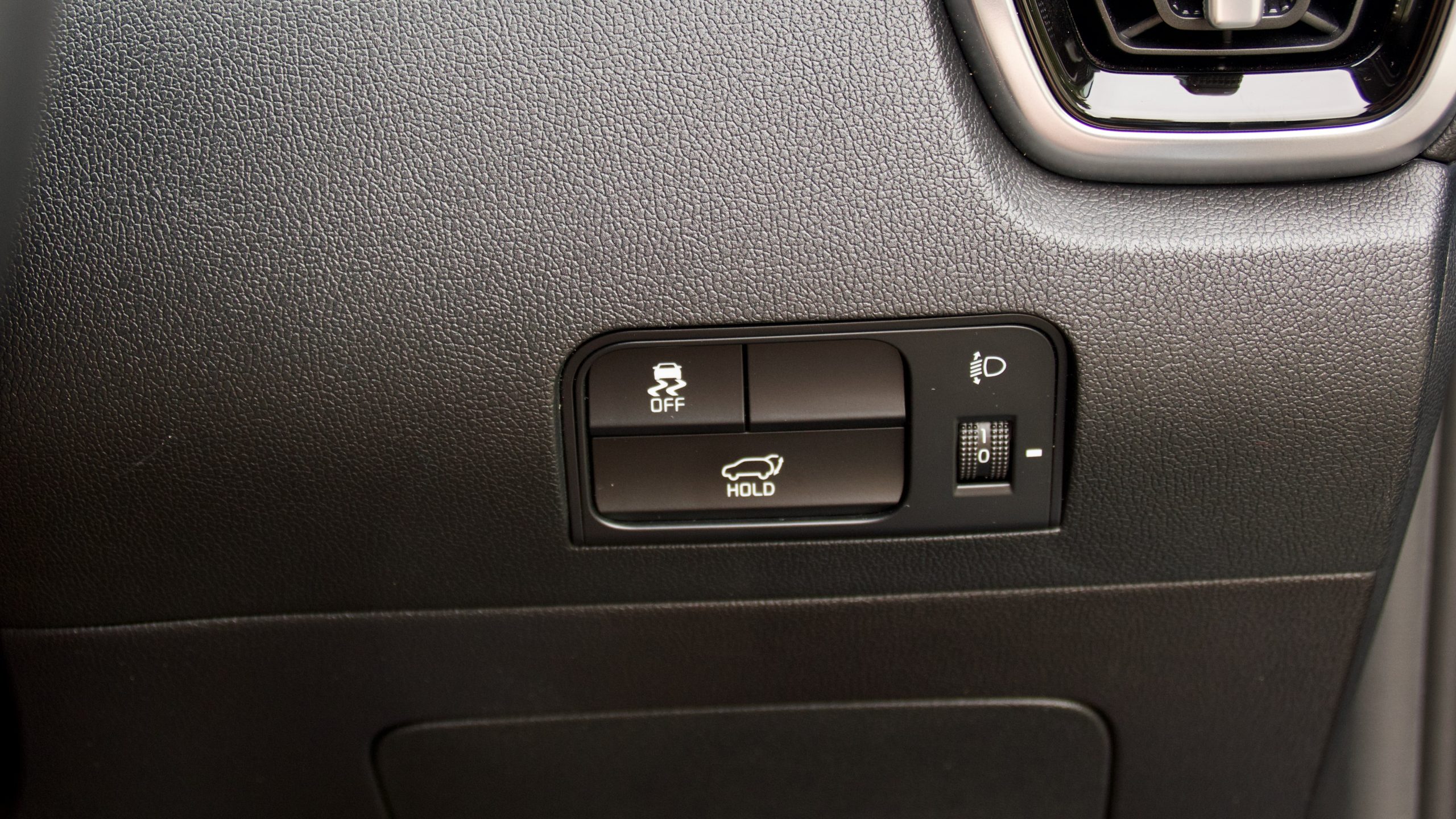



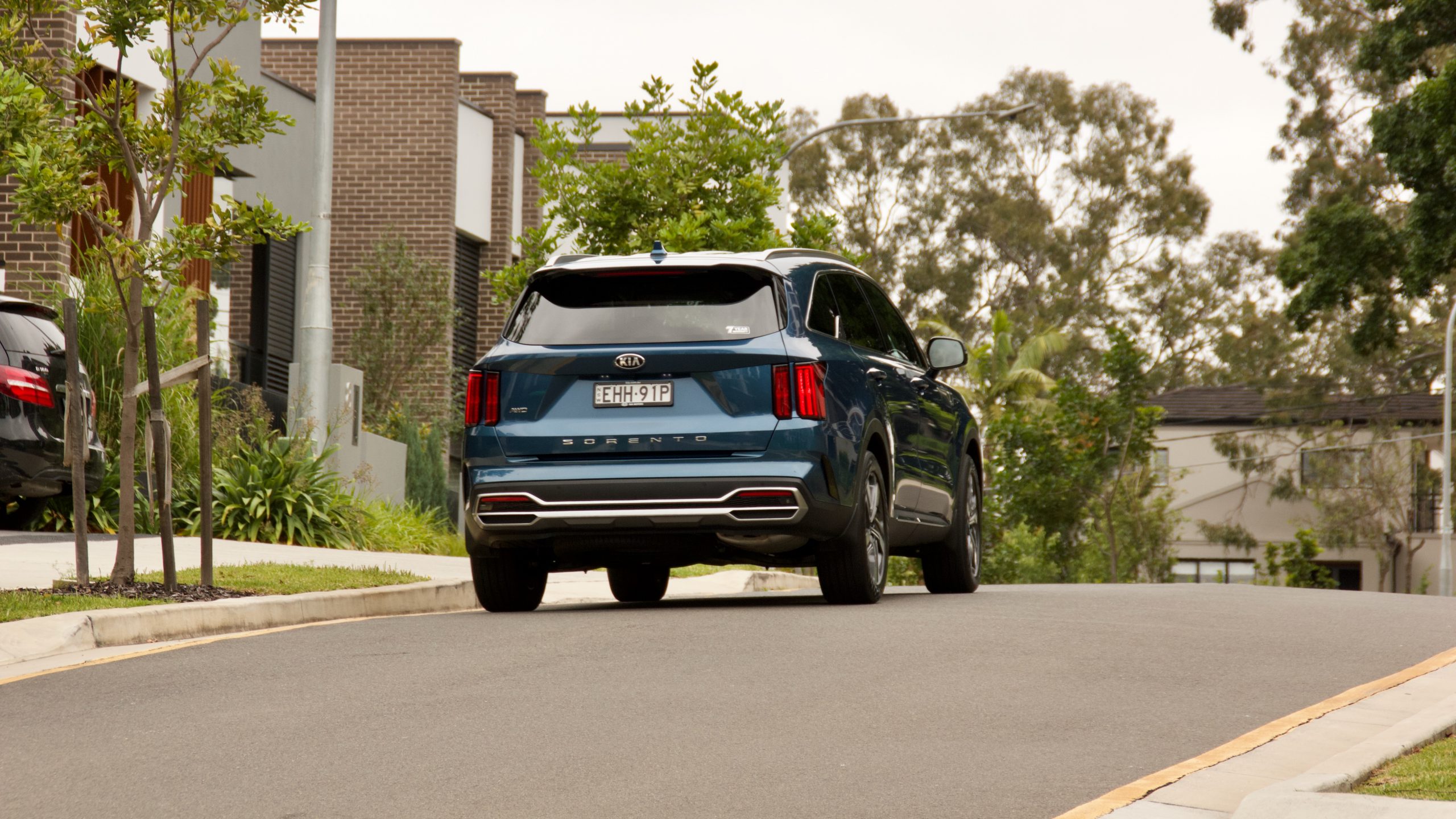
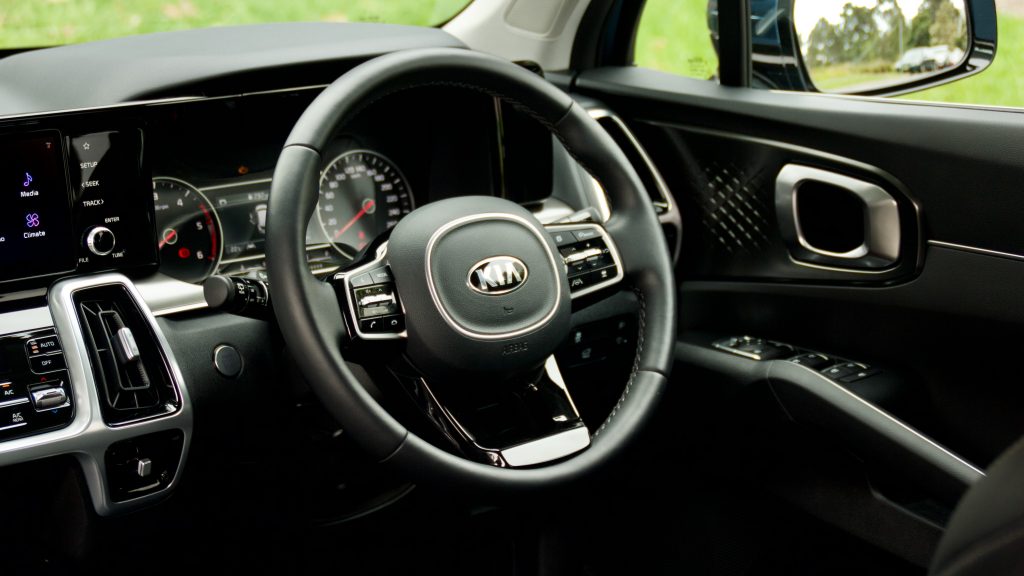
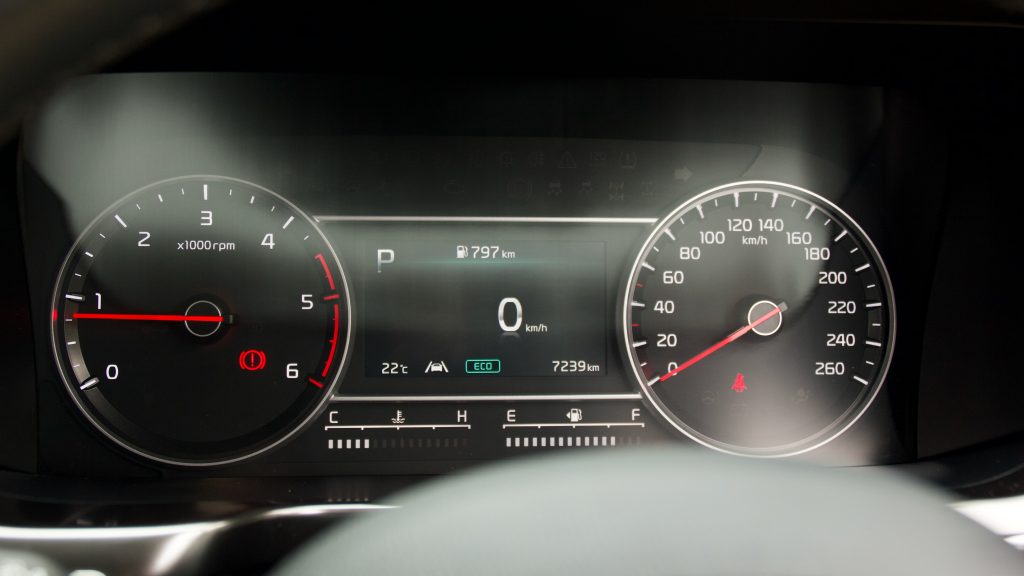
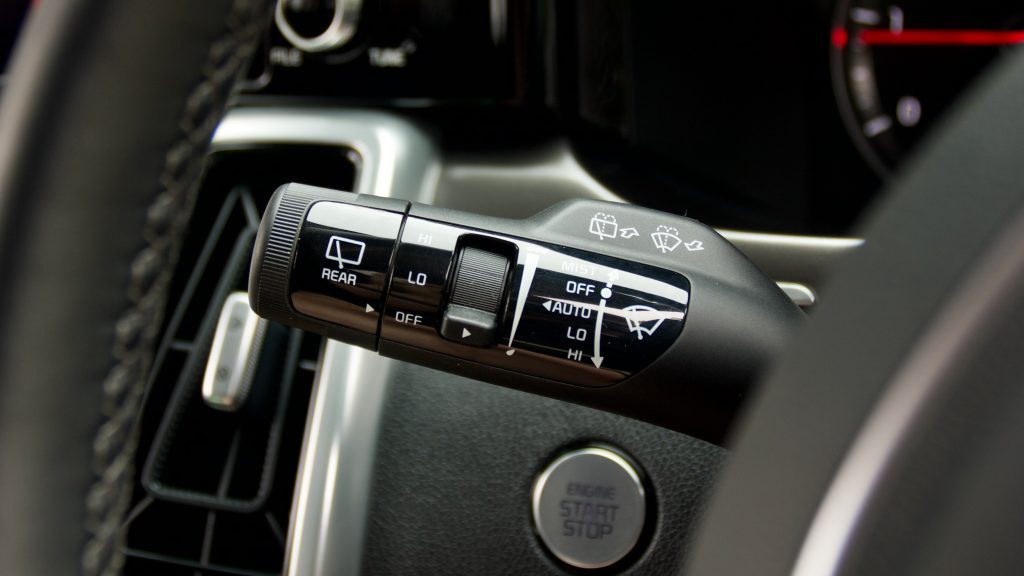
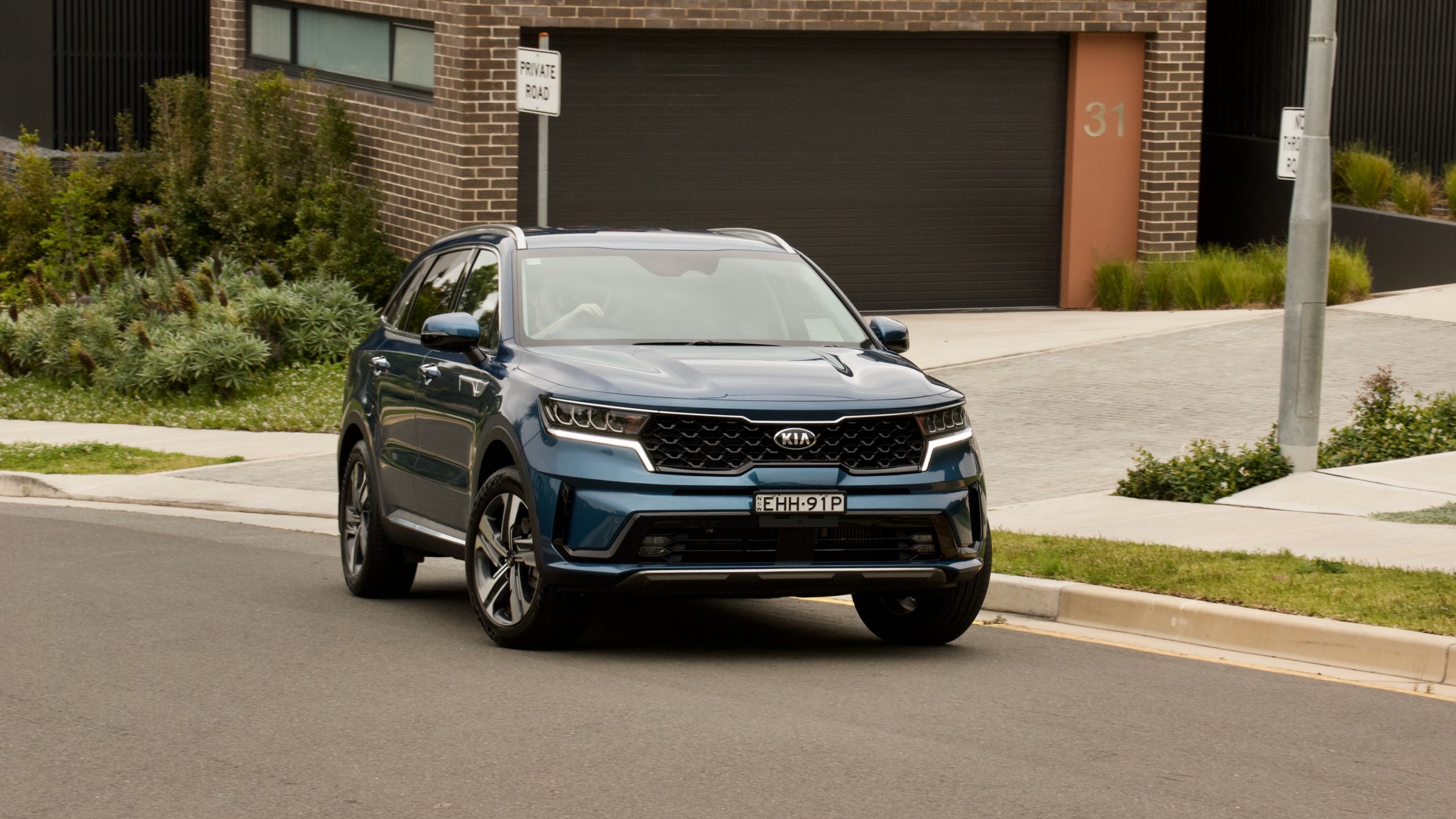

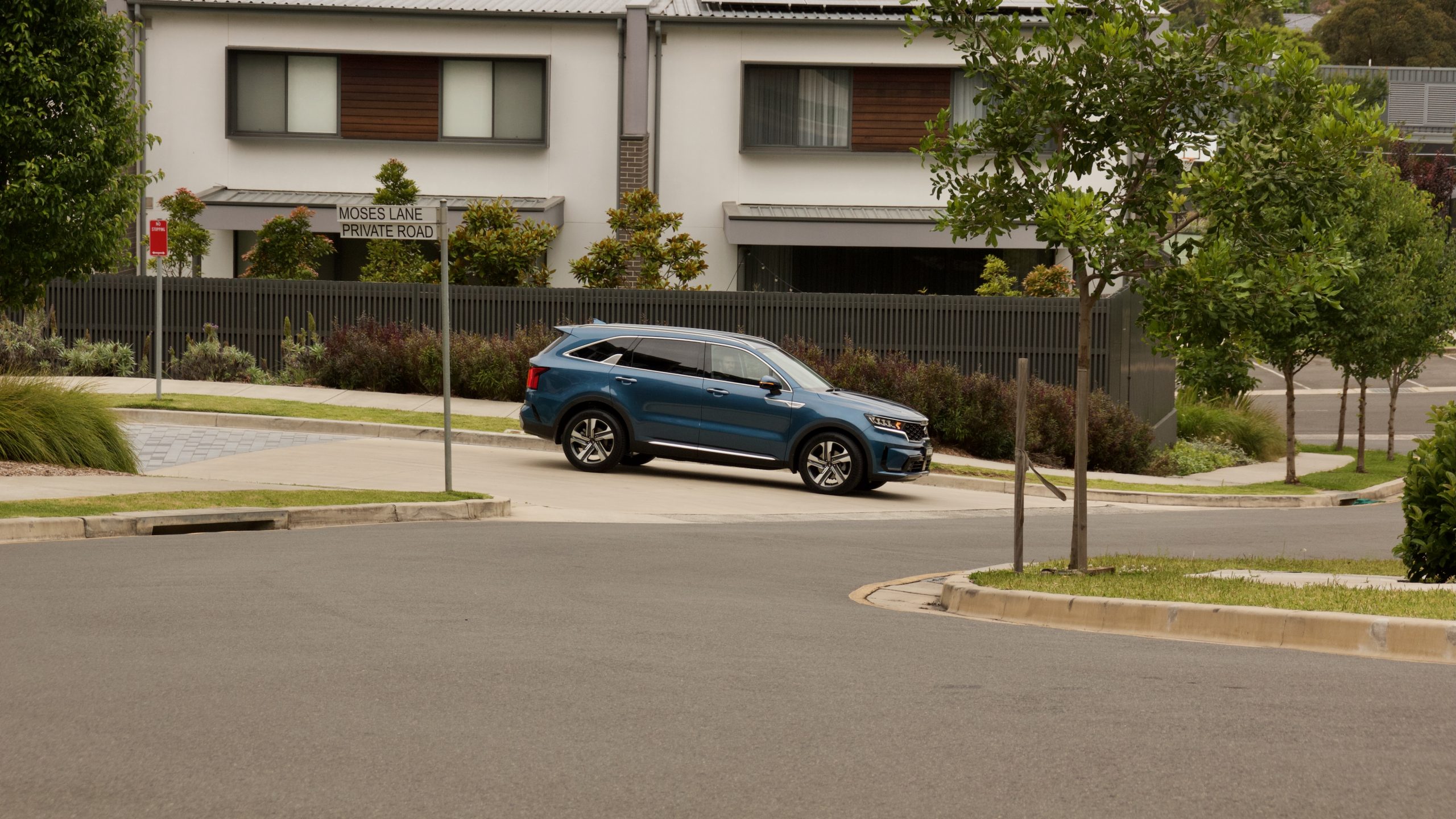
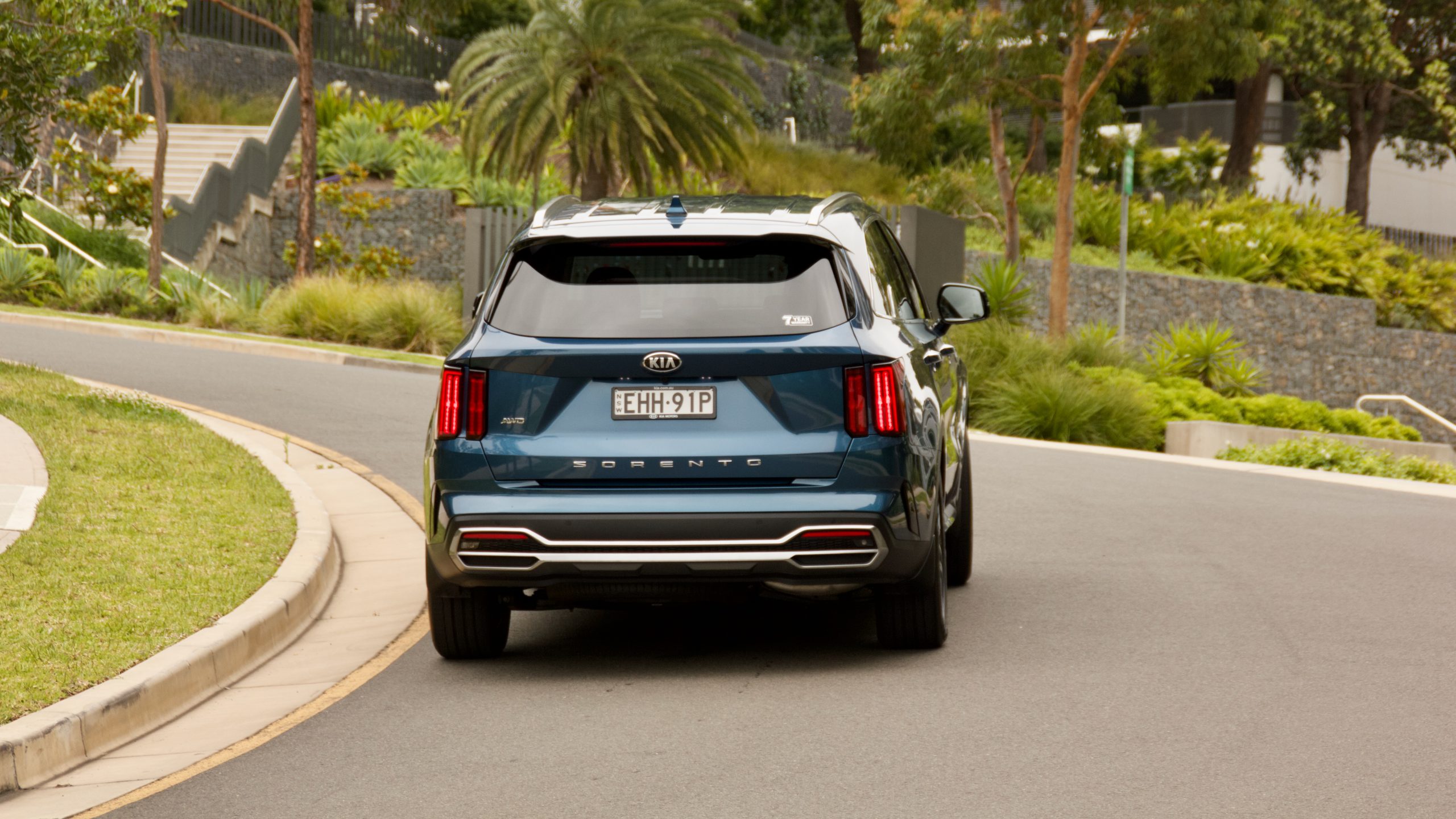
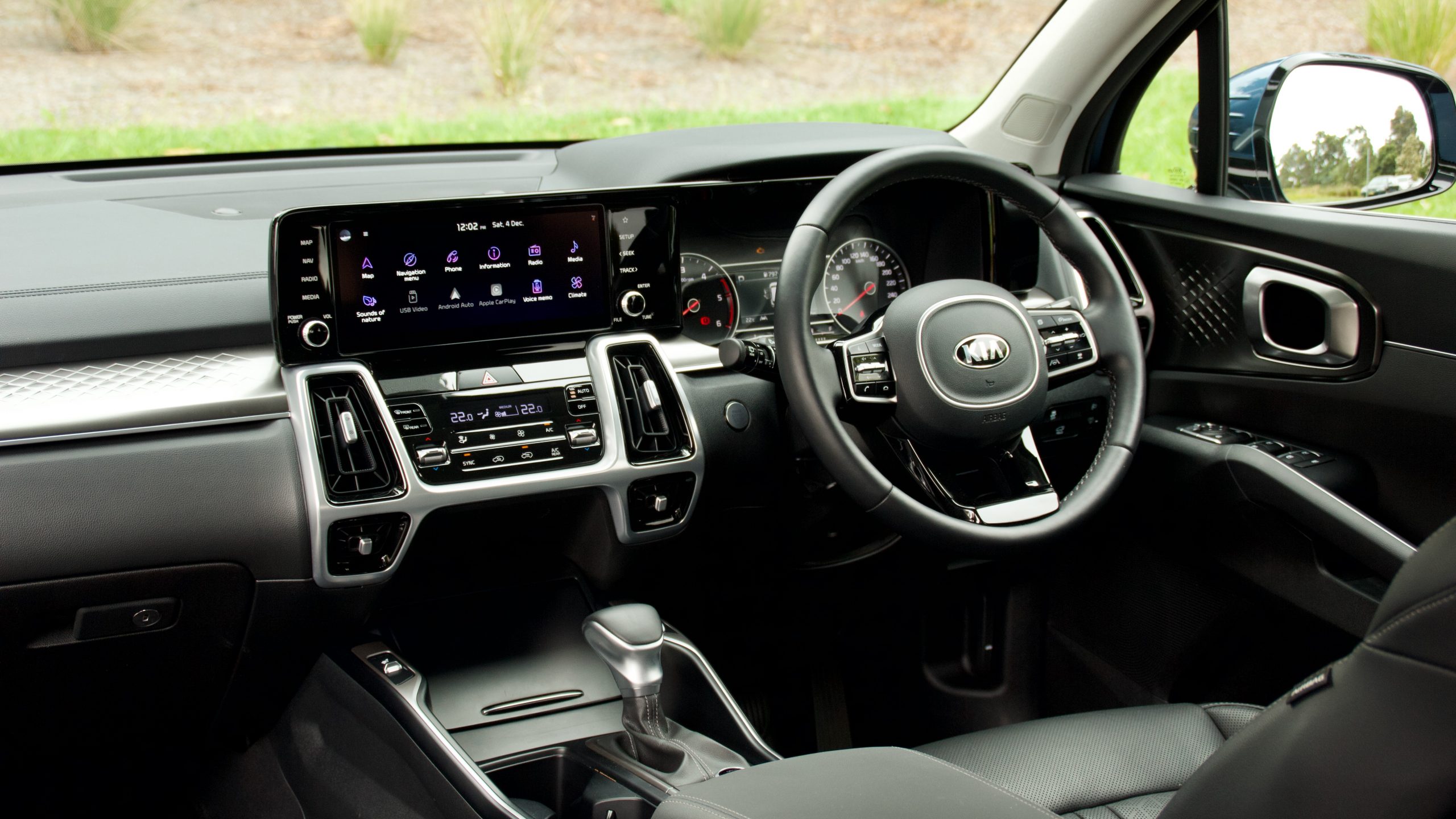
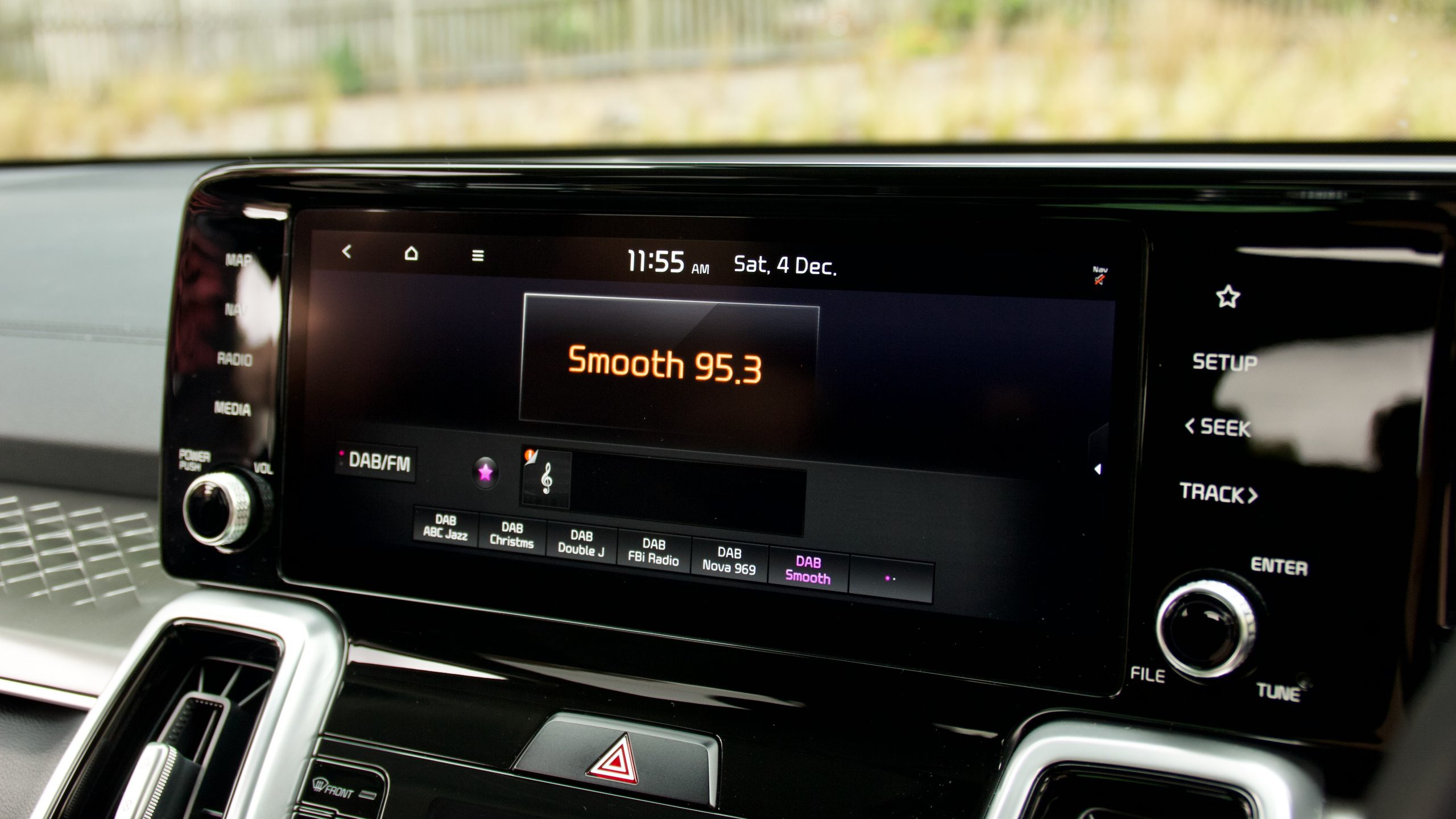
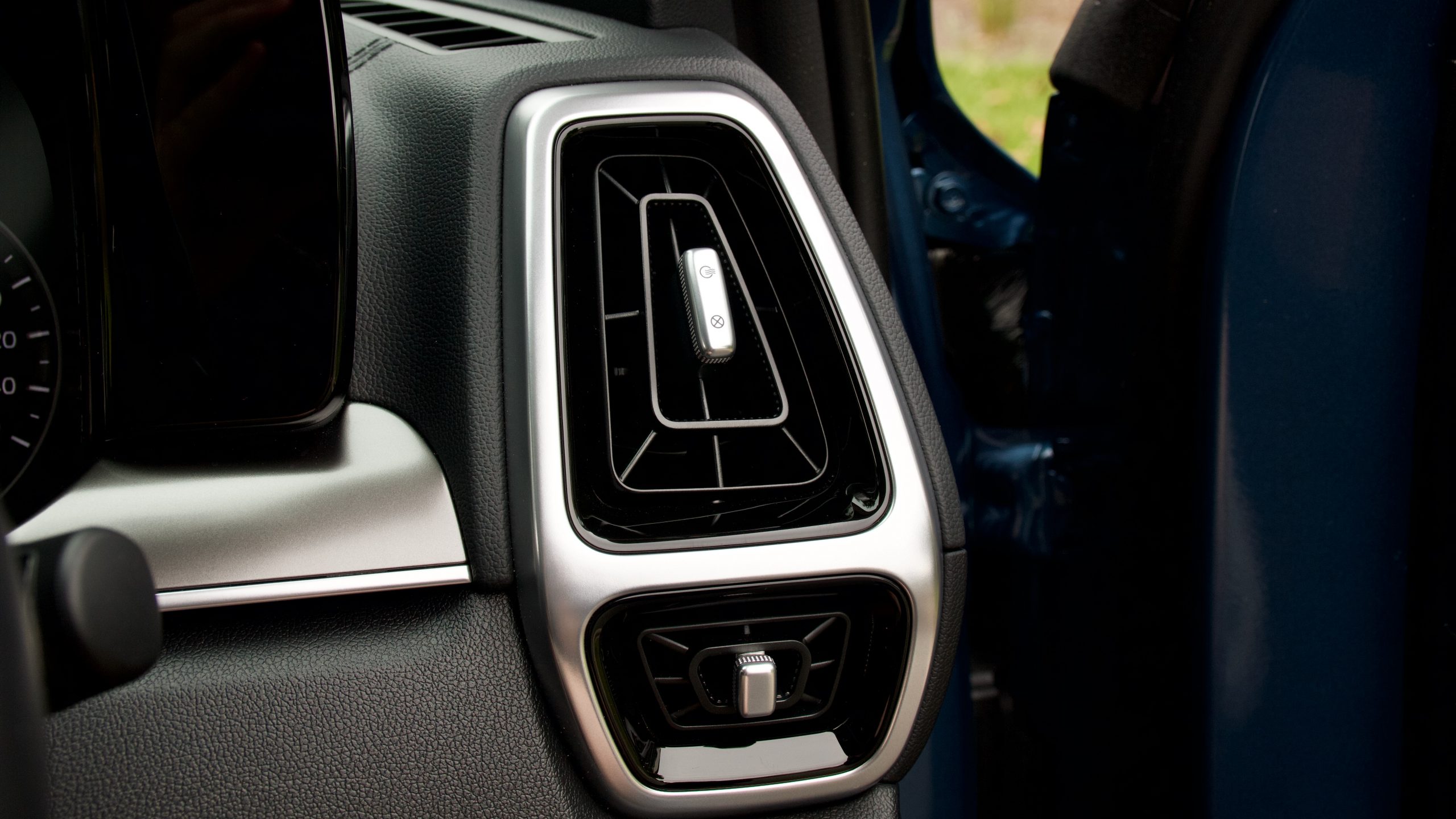

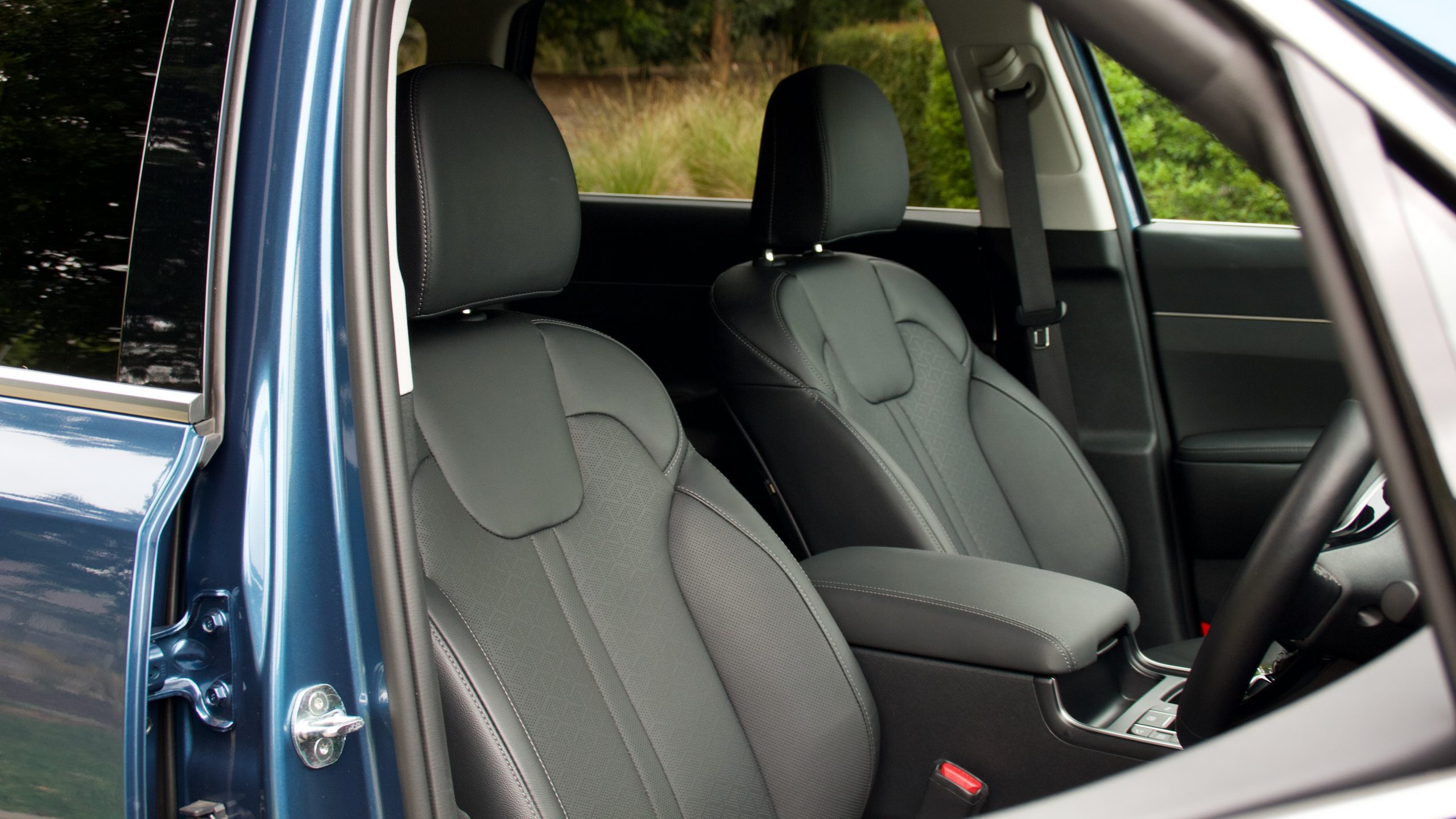
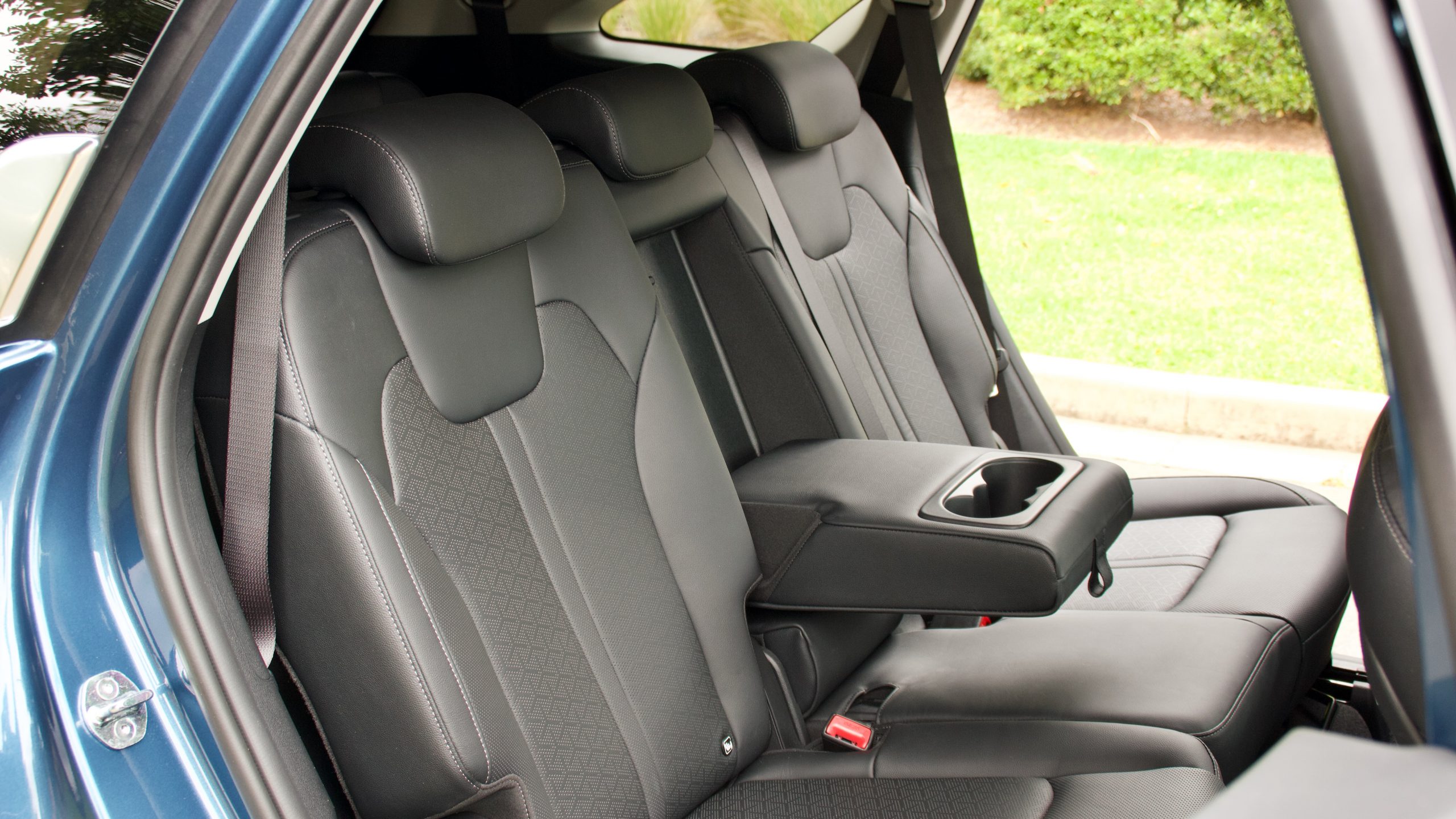
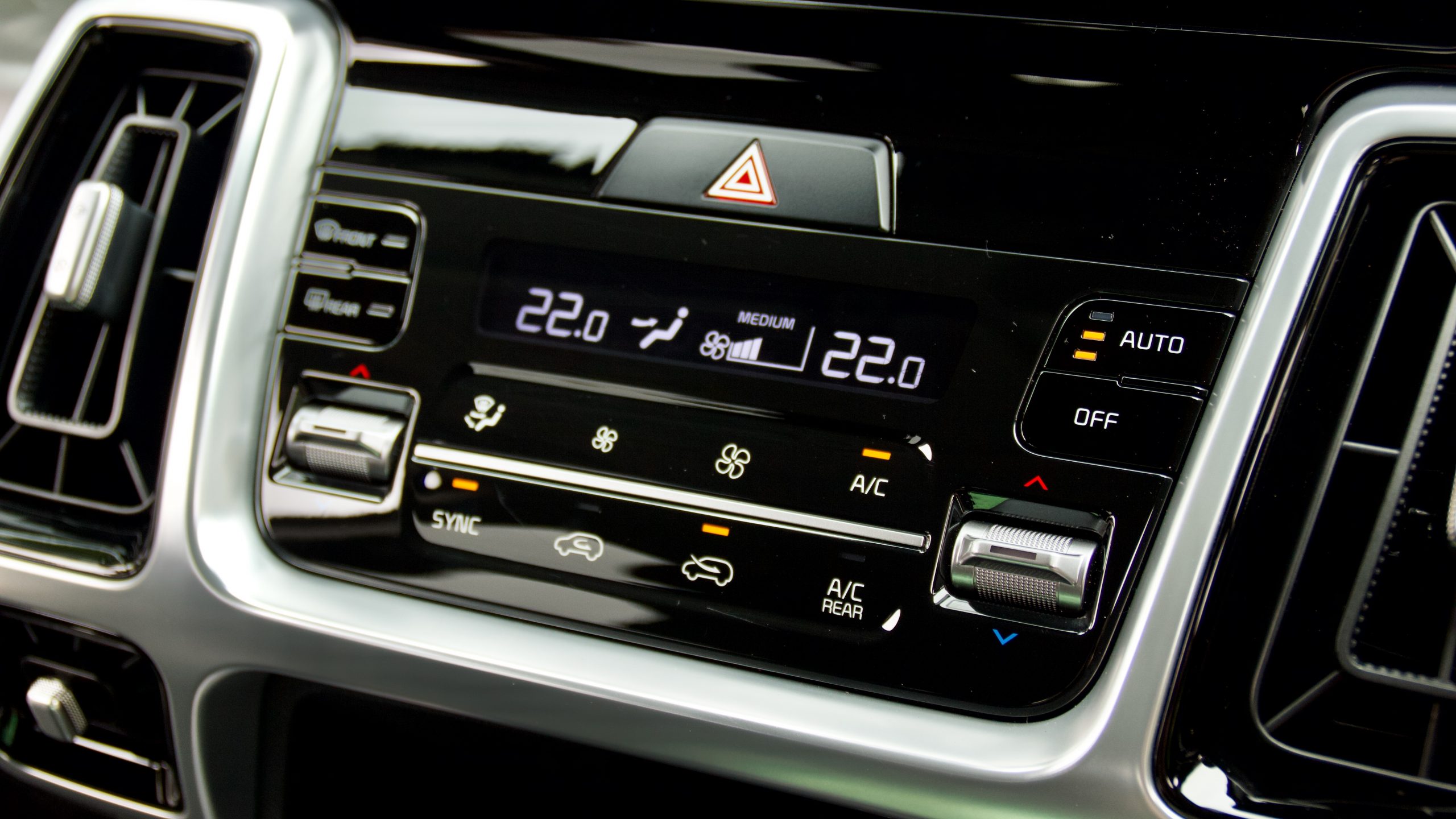
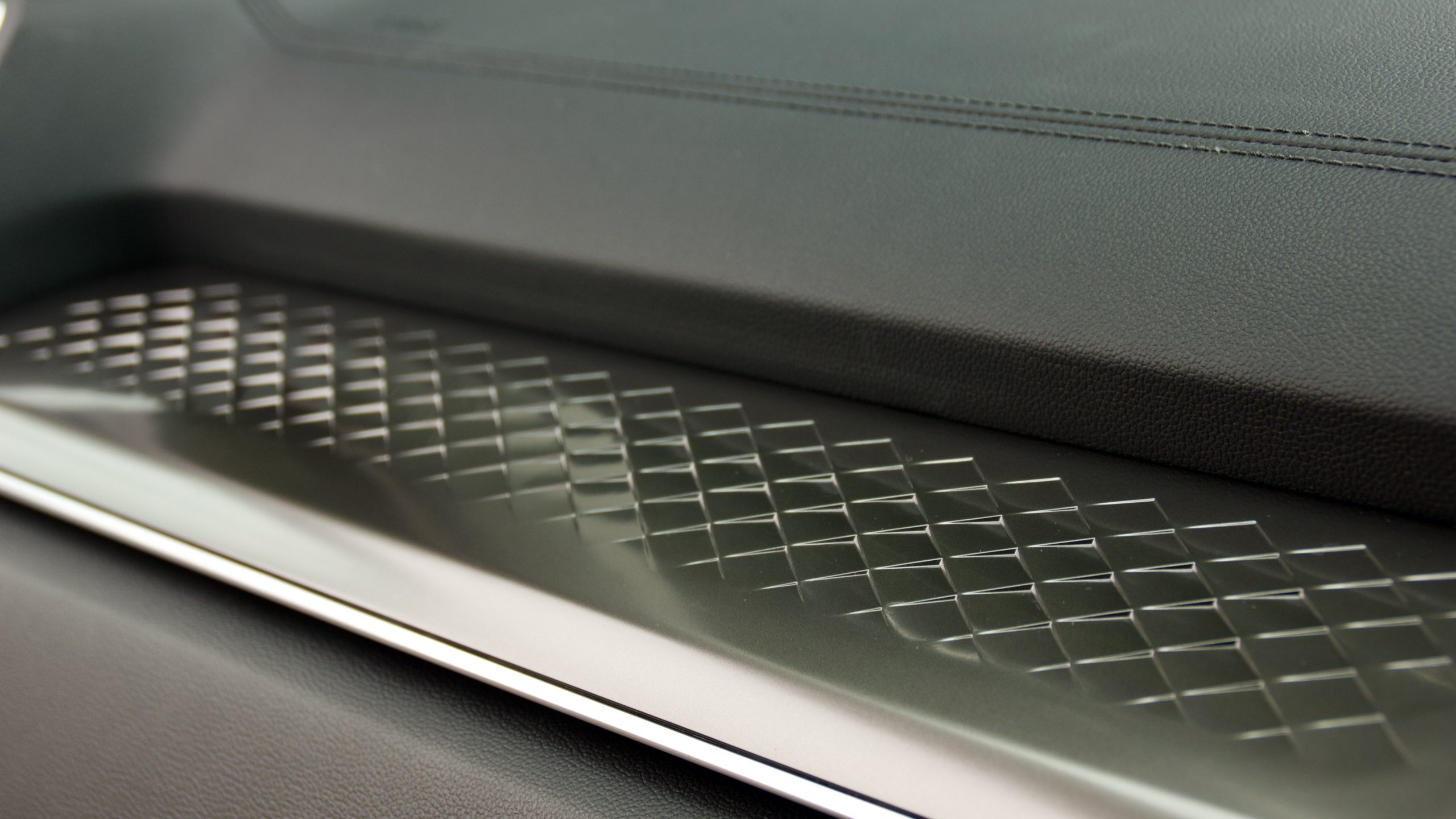
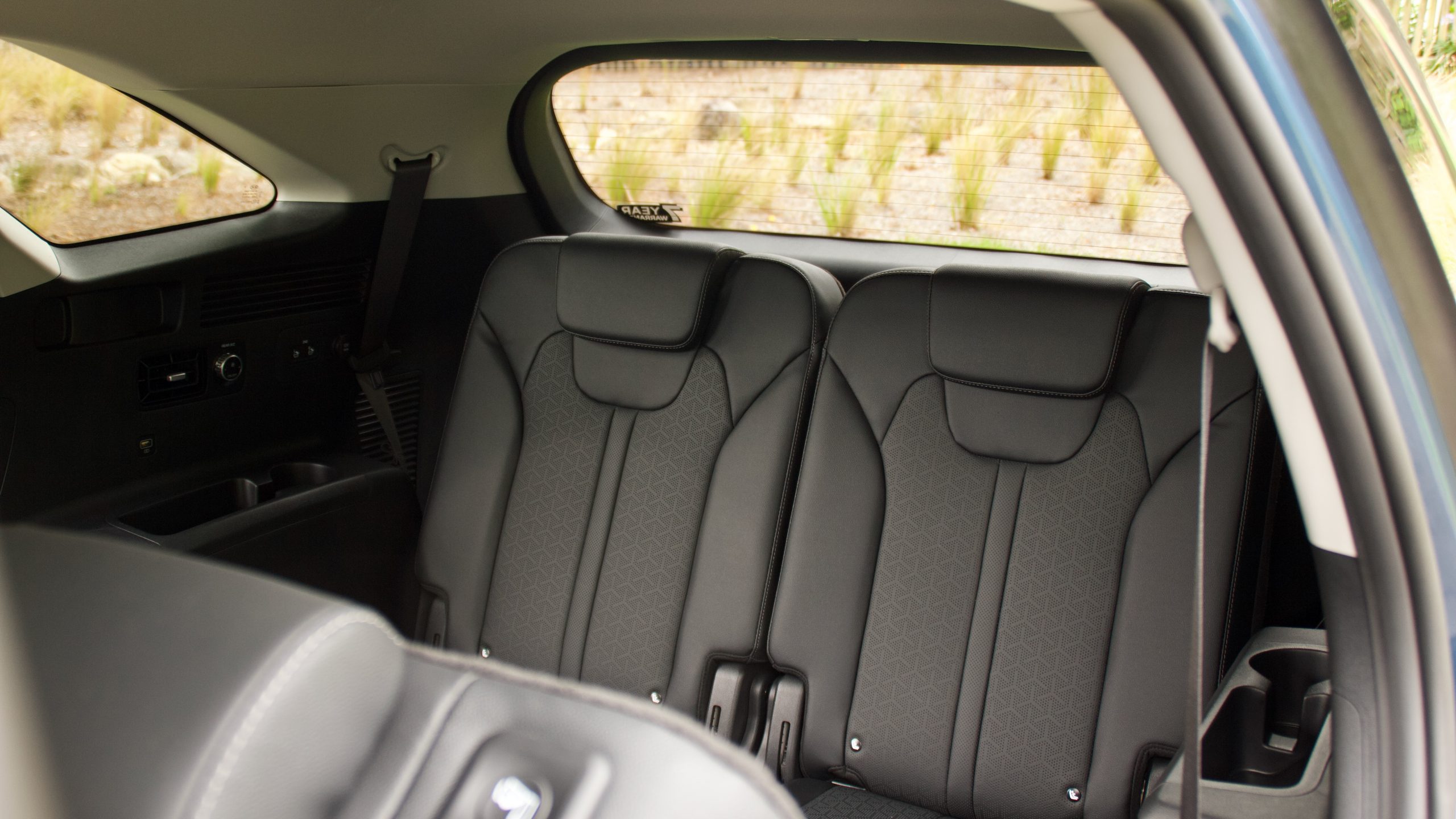
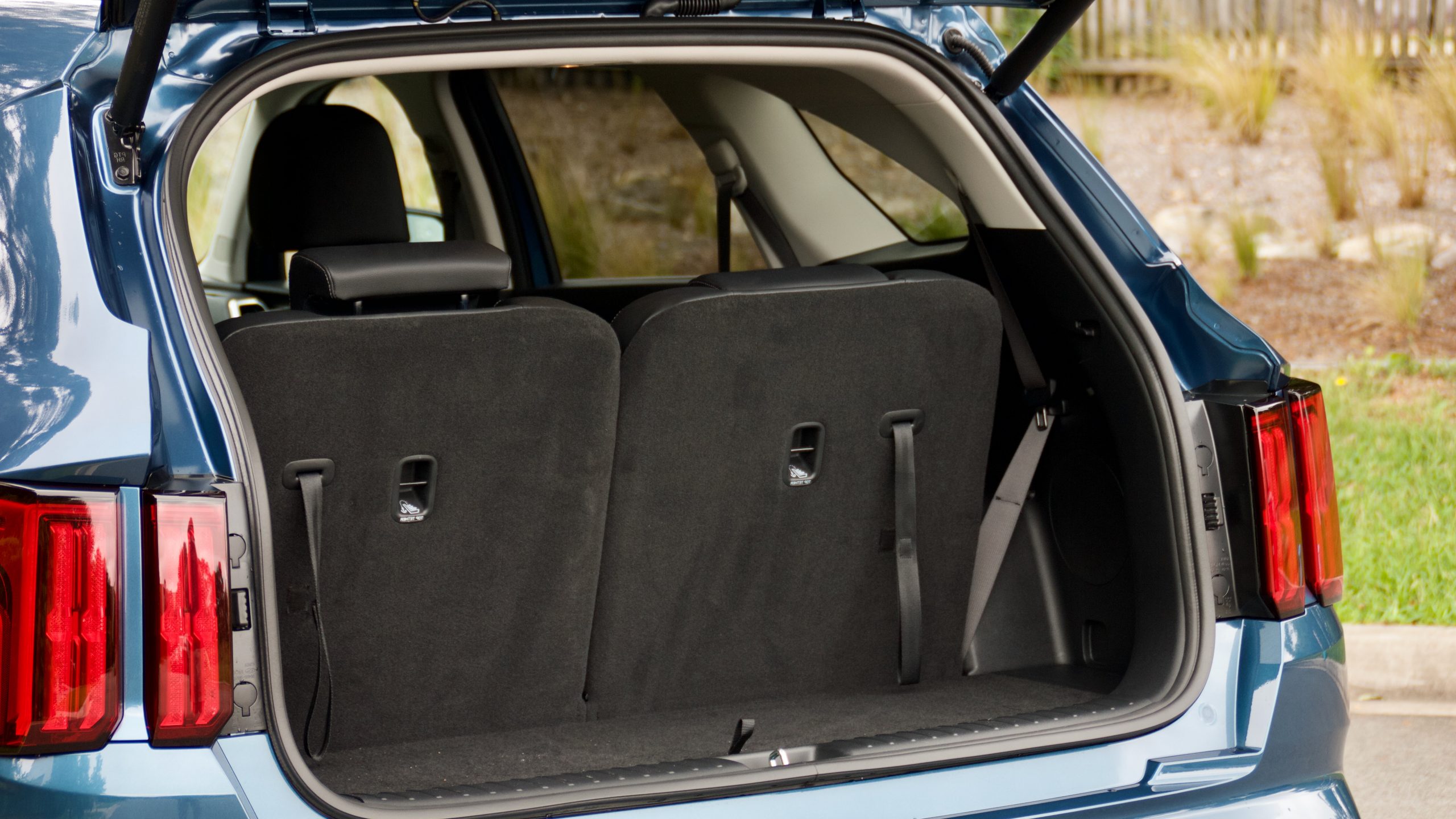
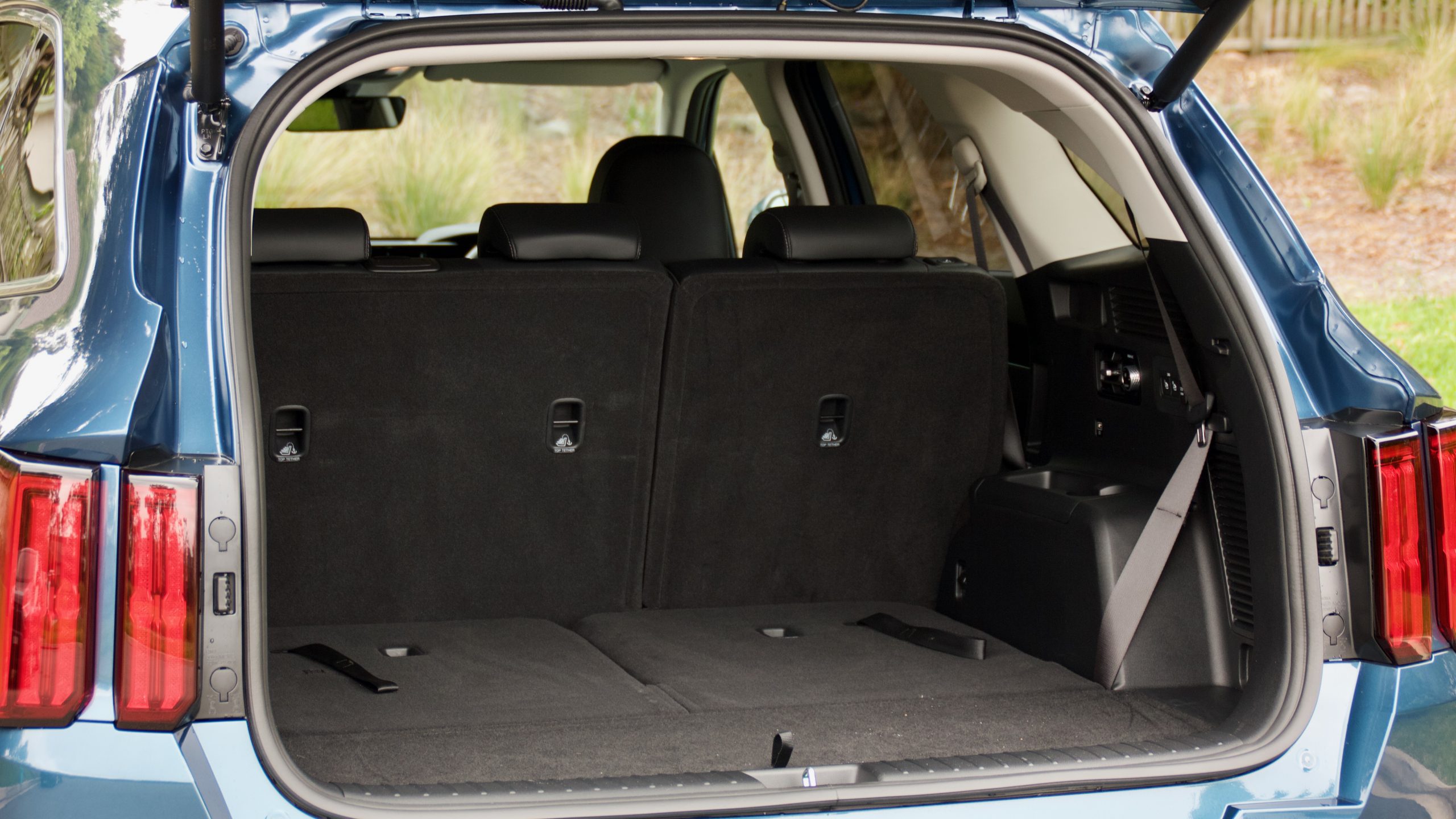
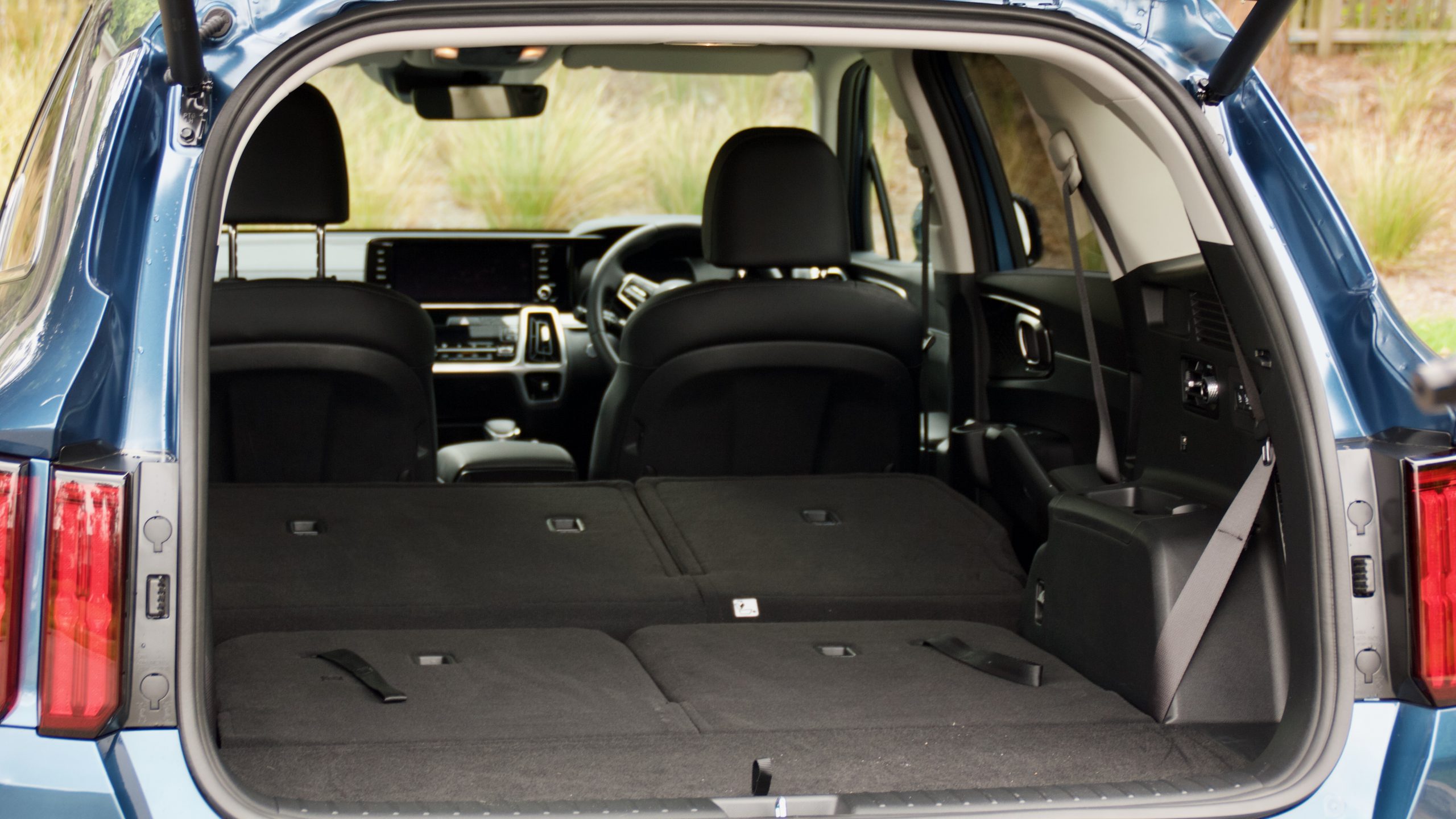
Leave a Reply